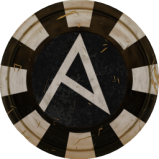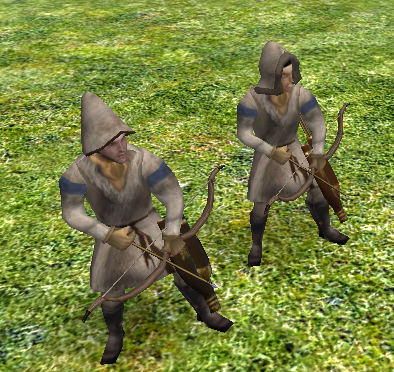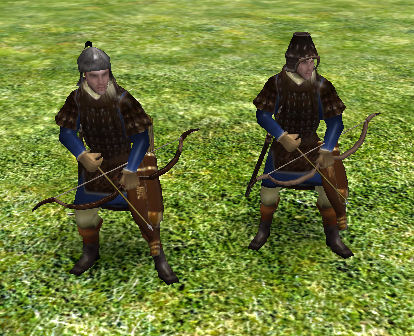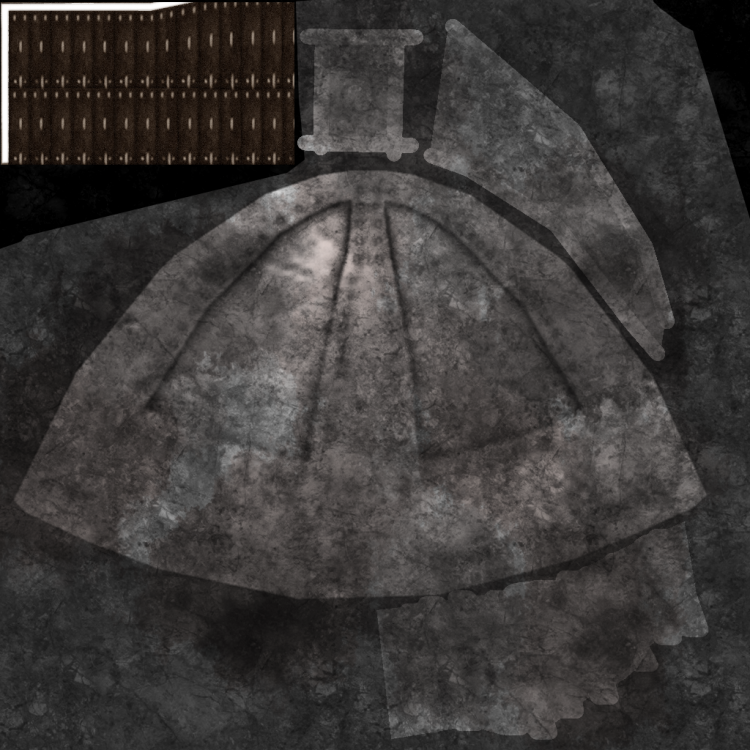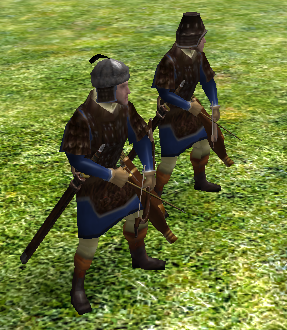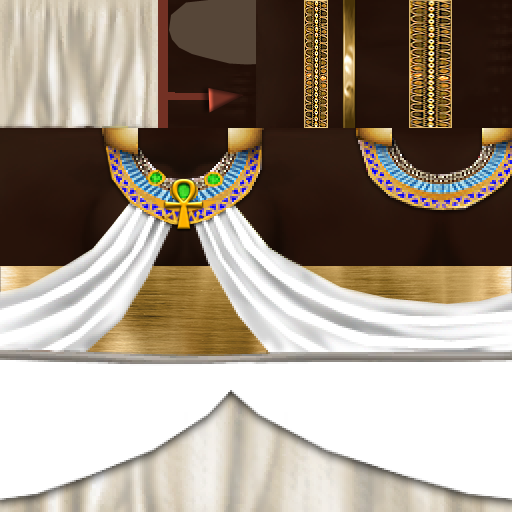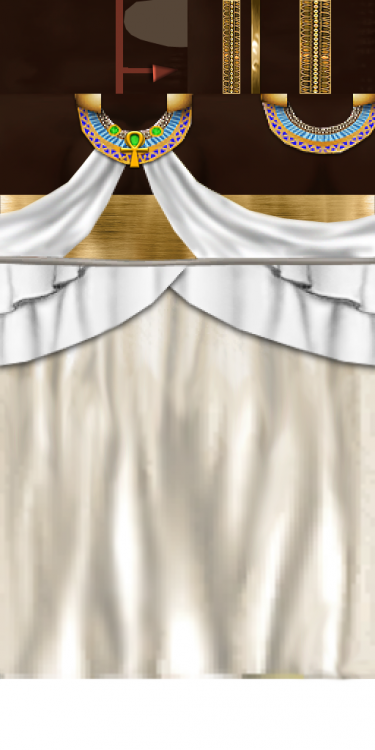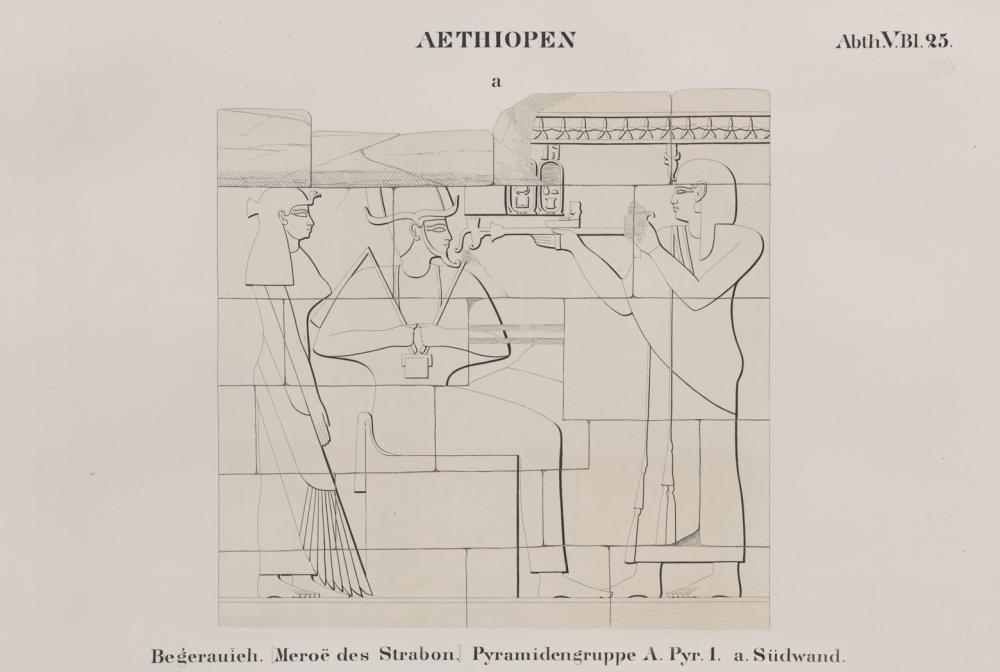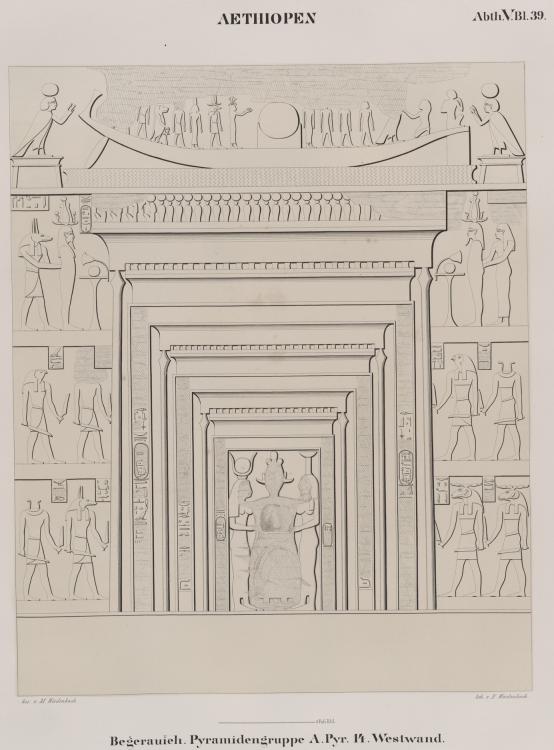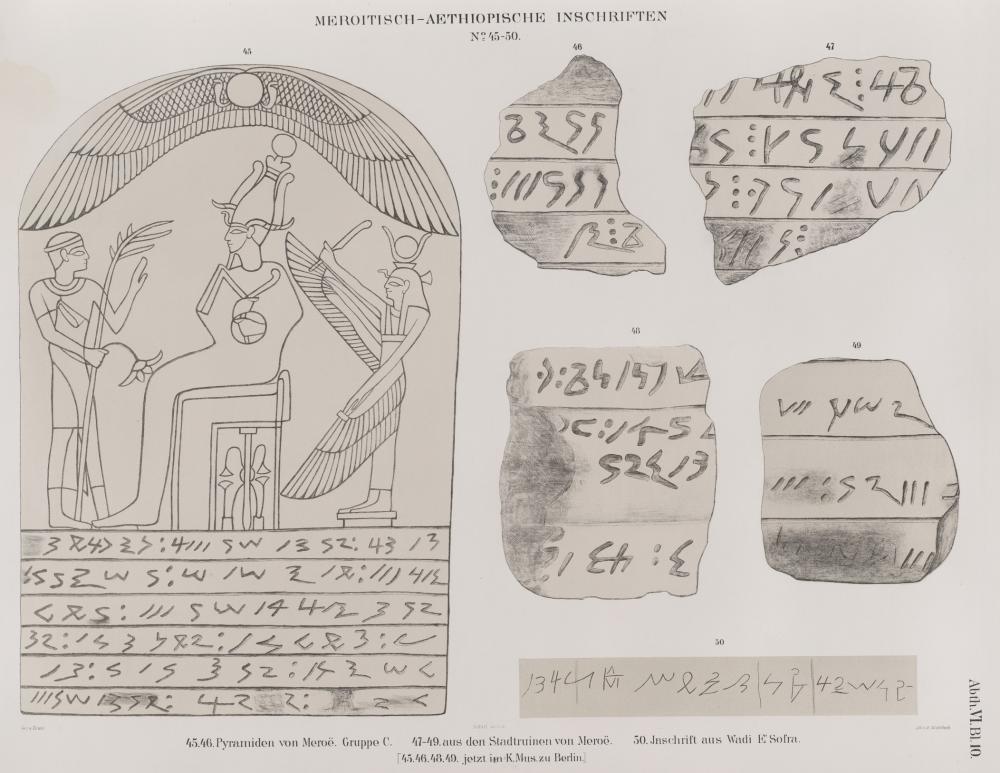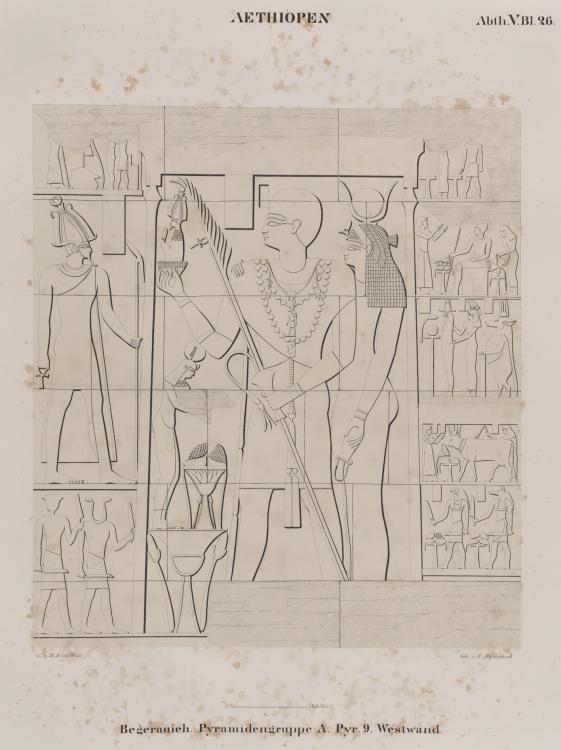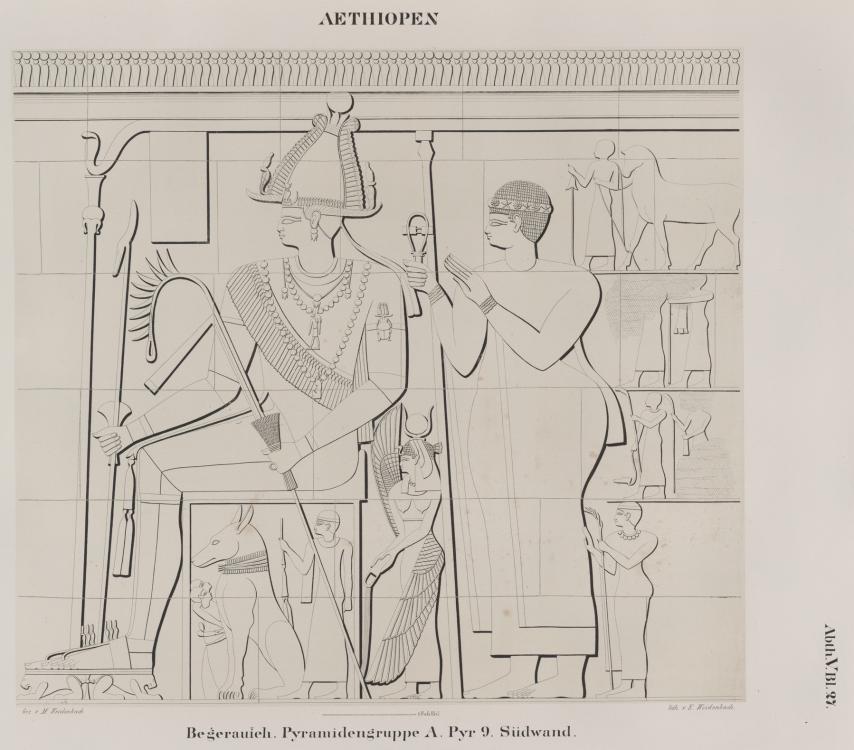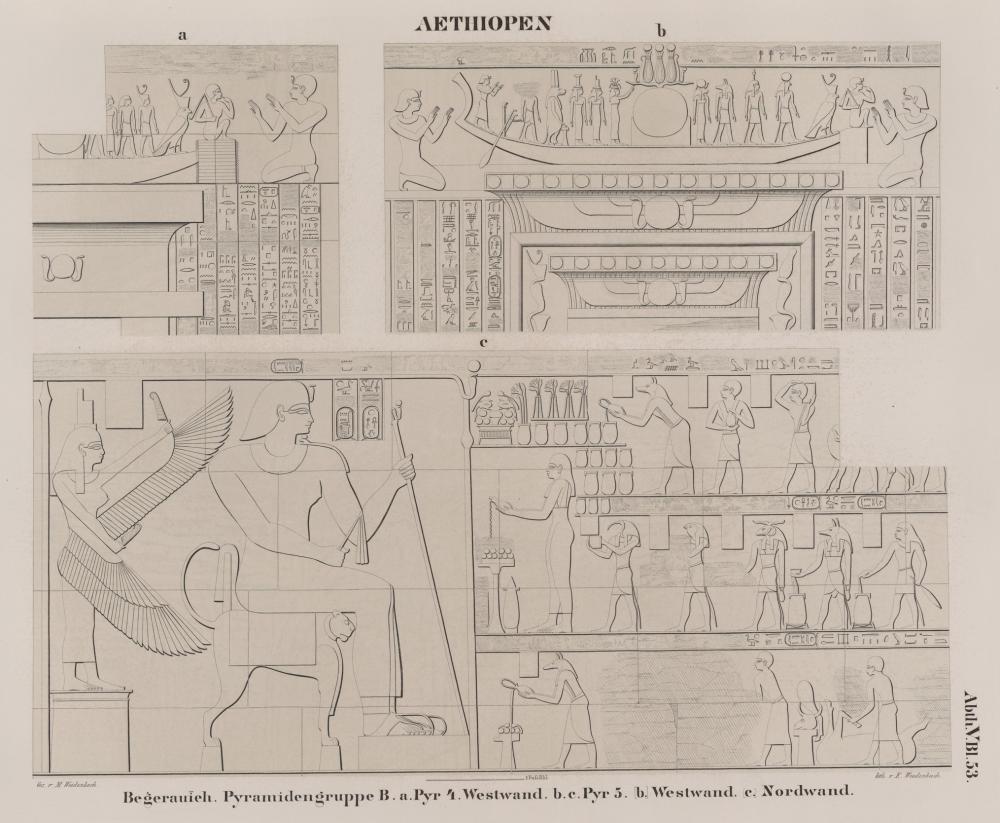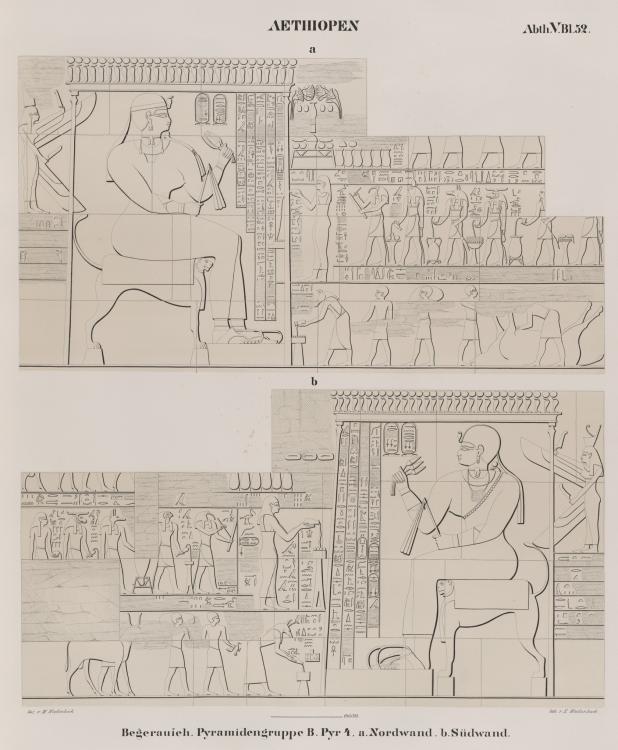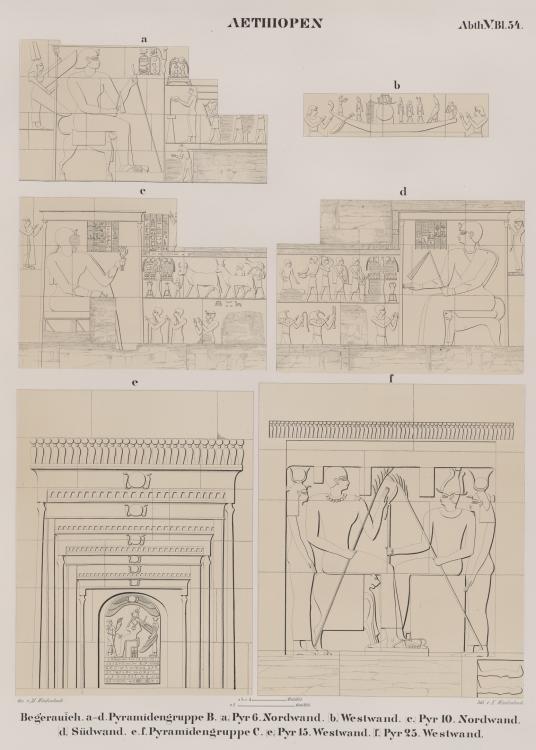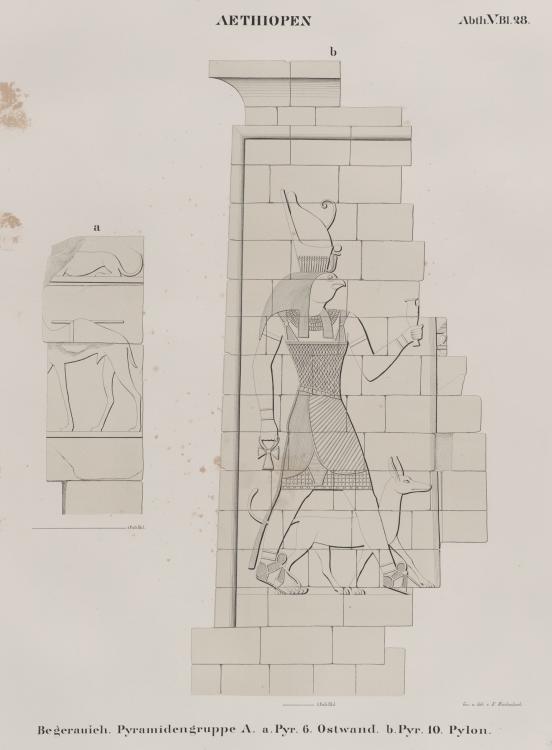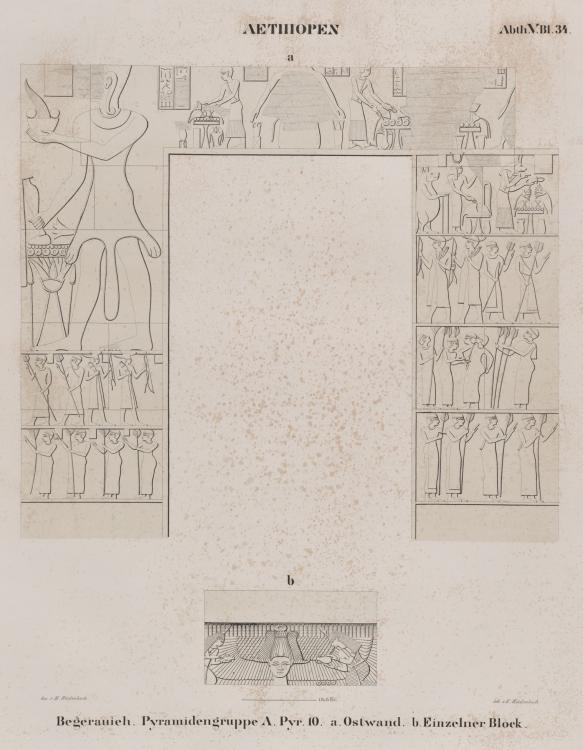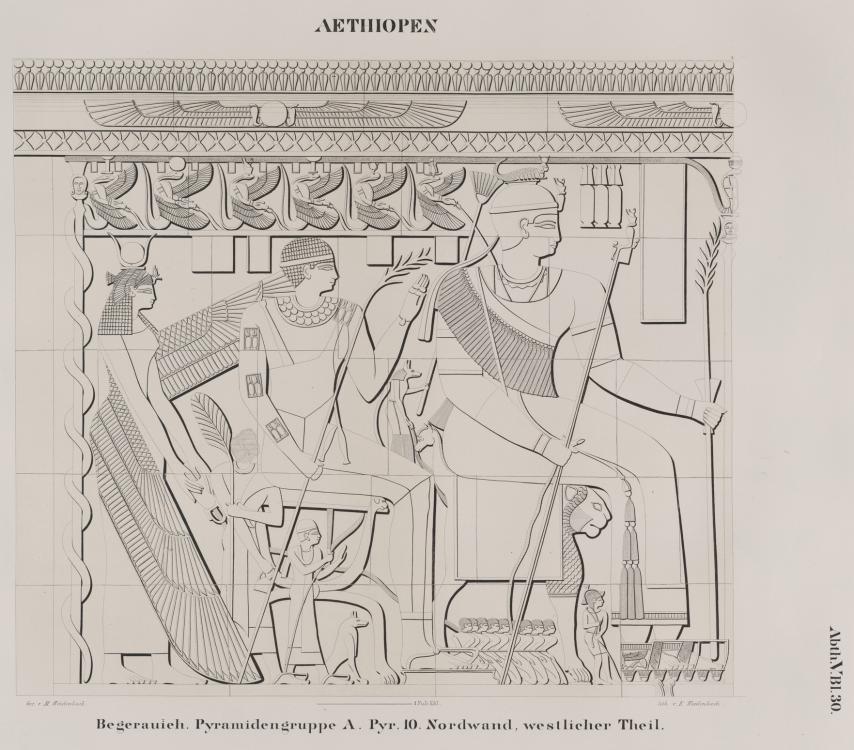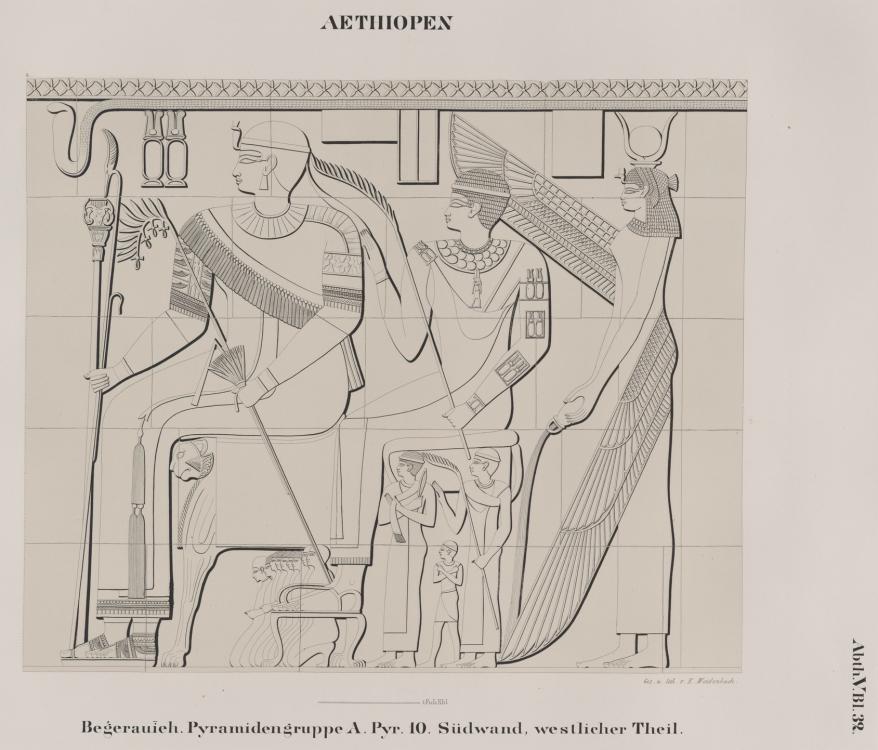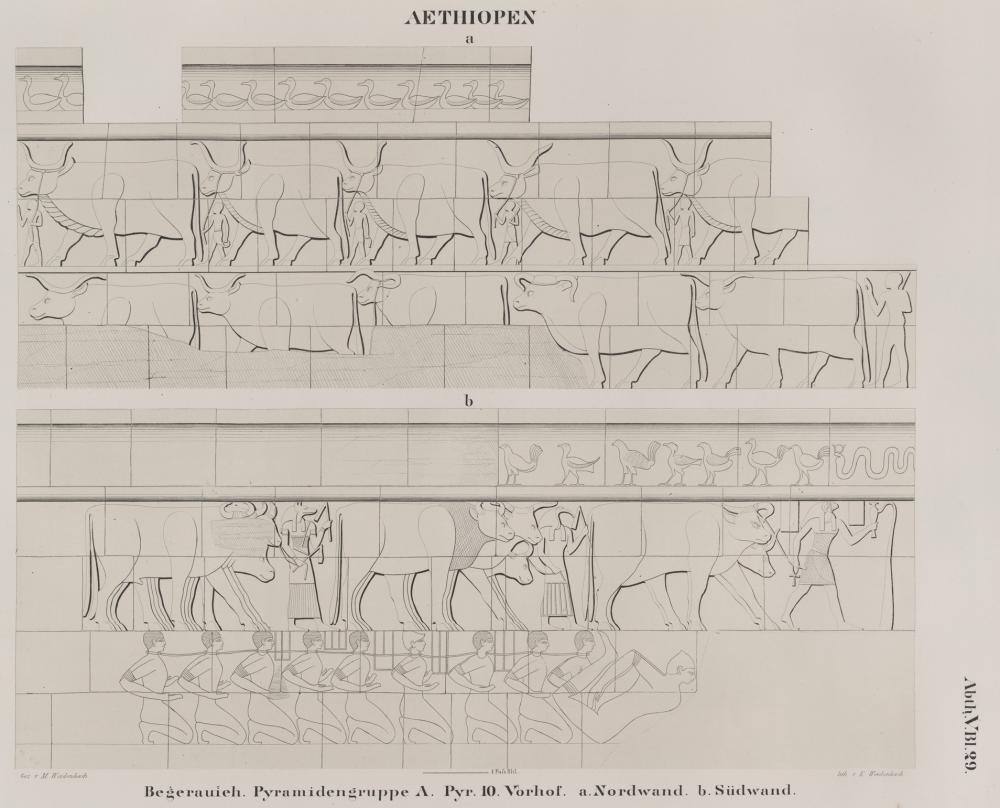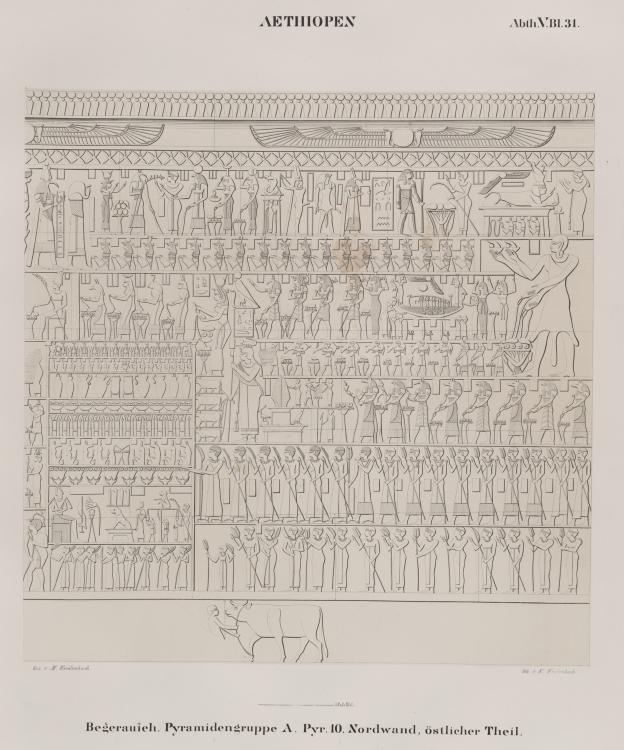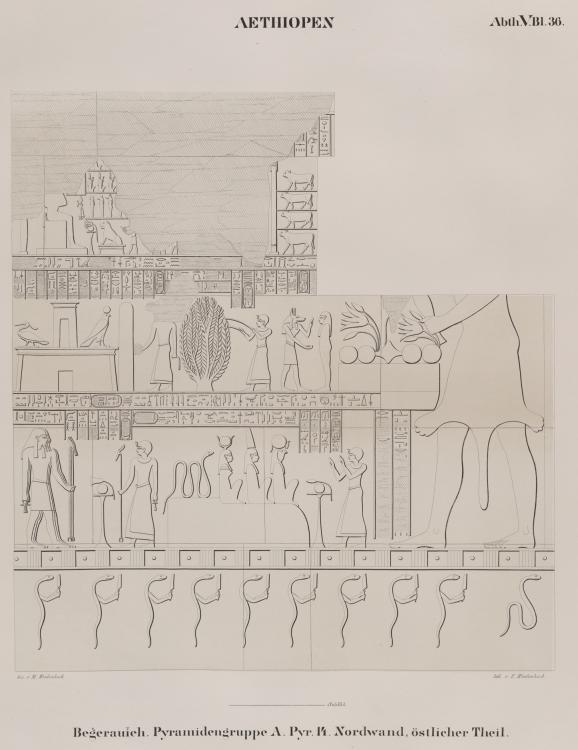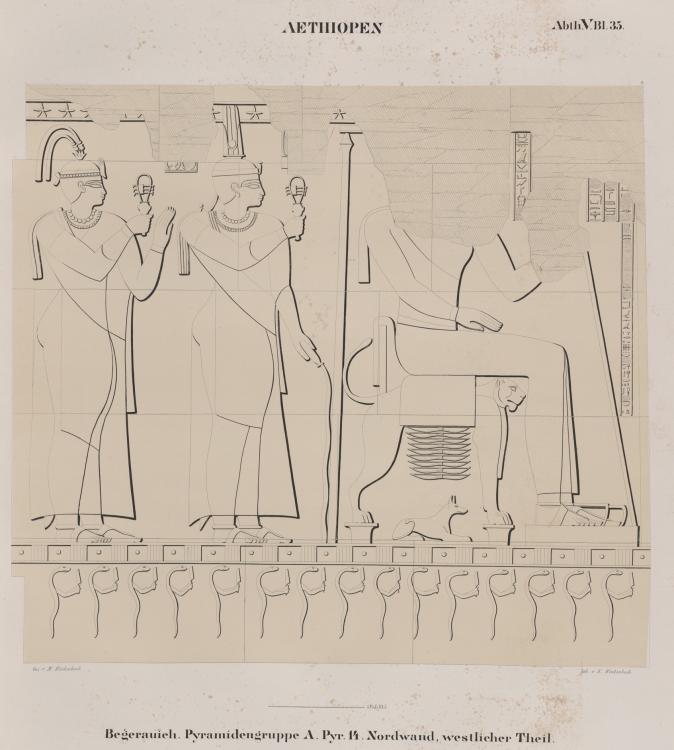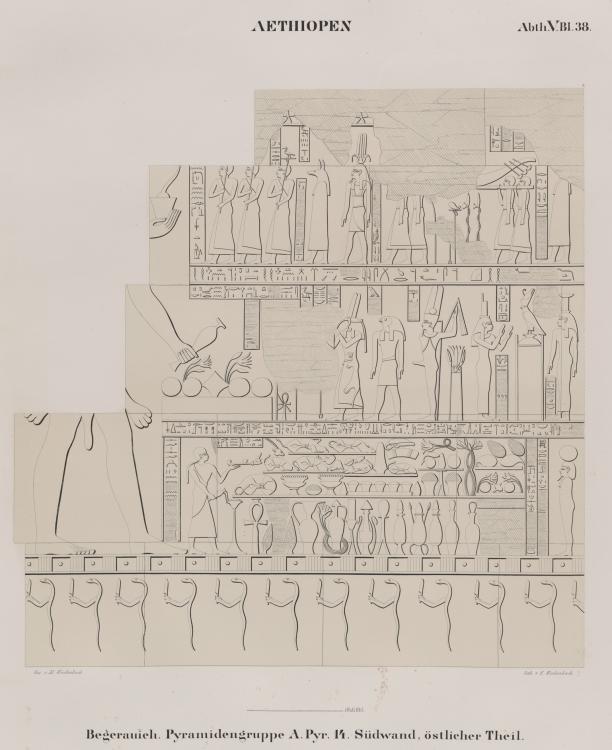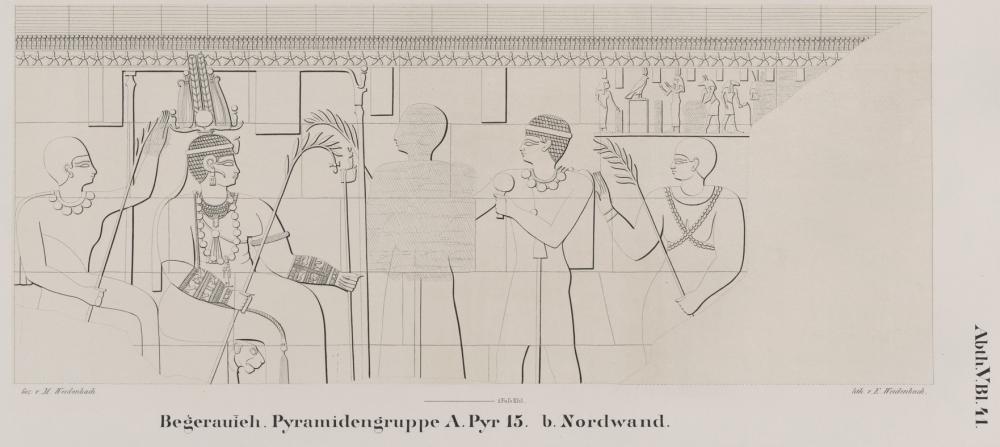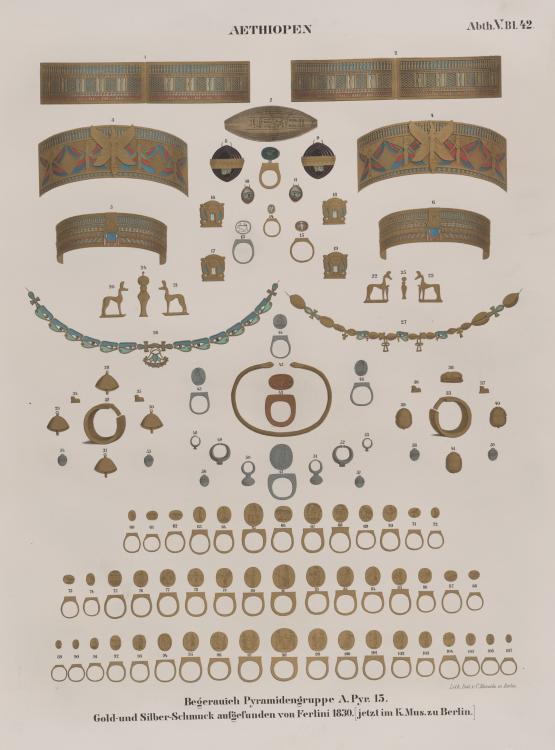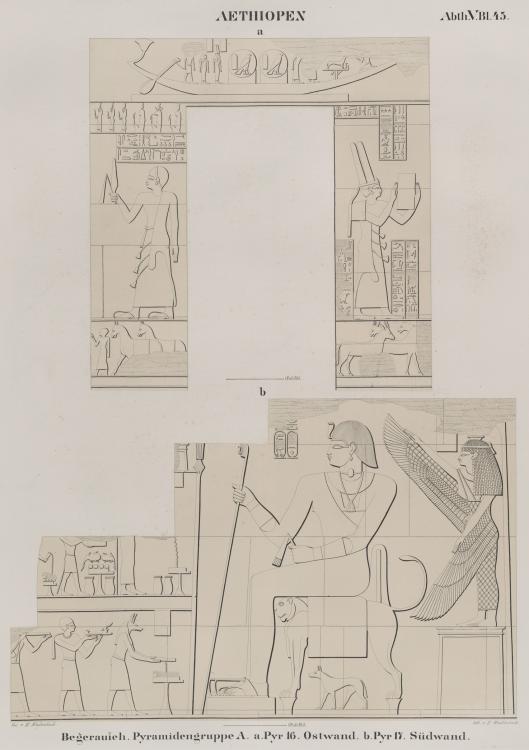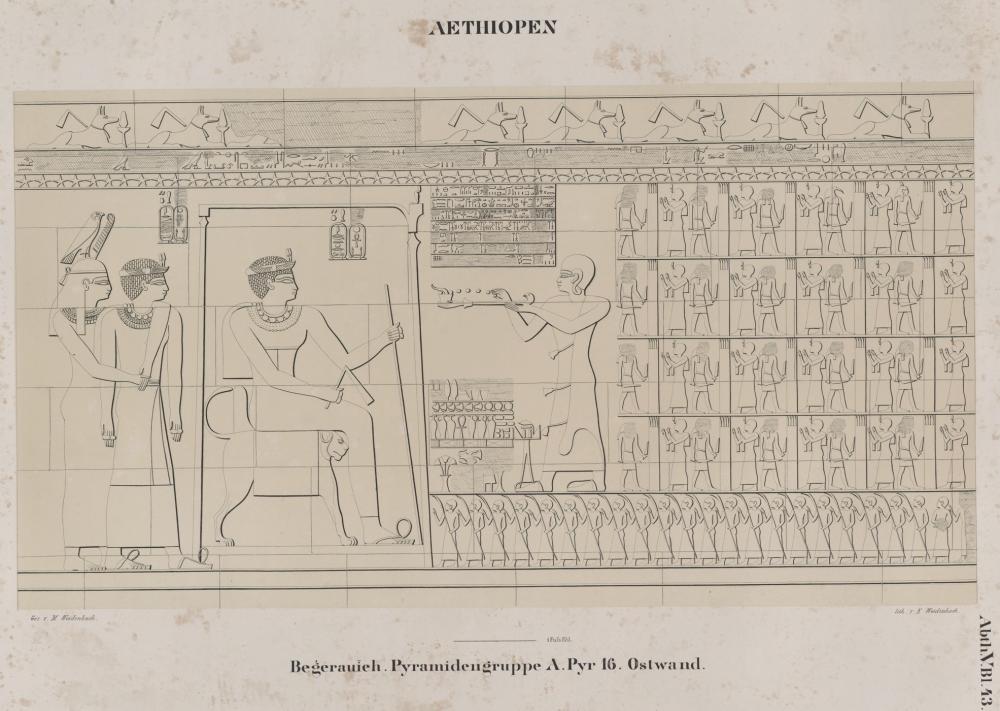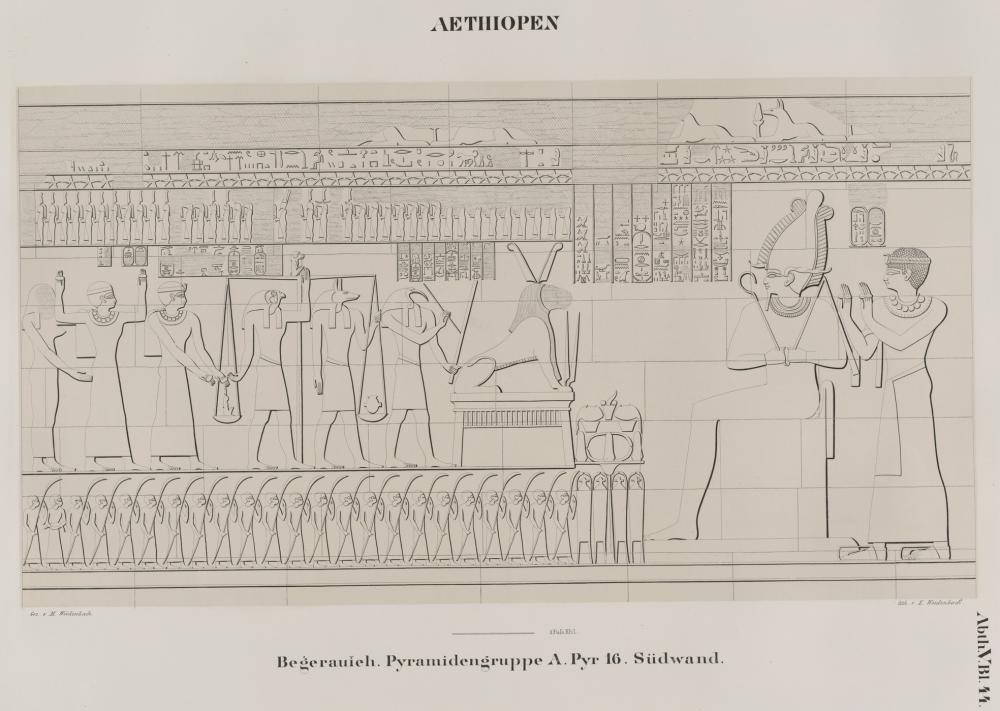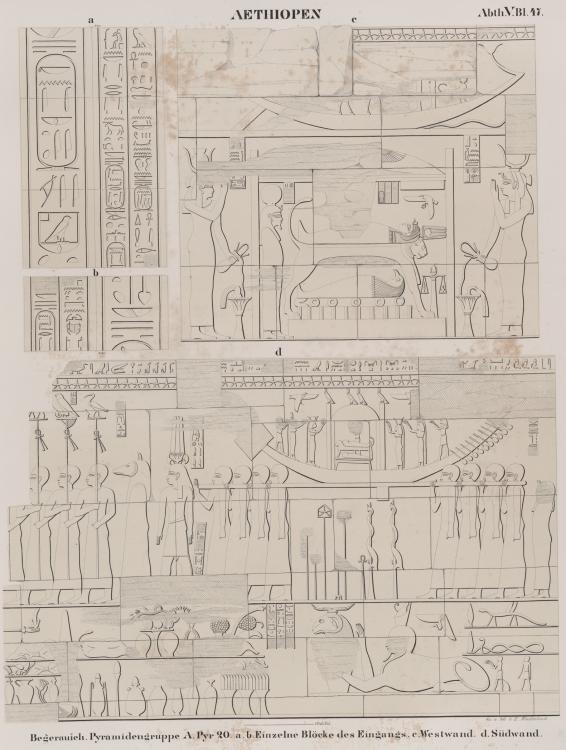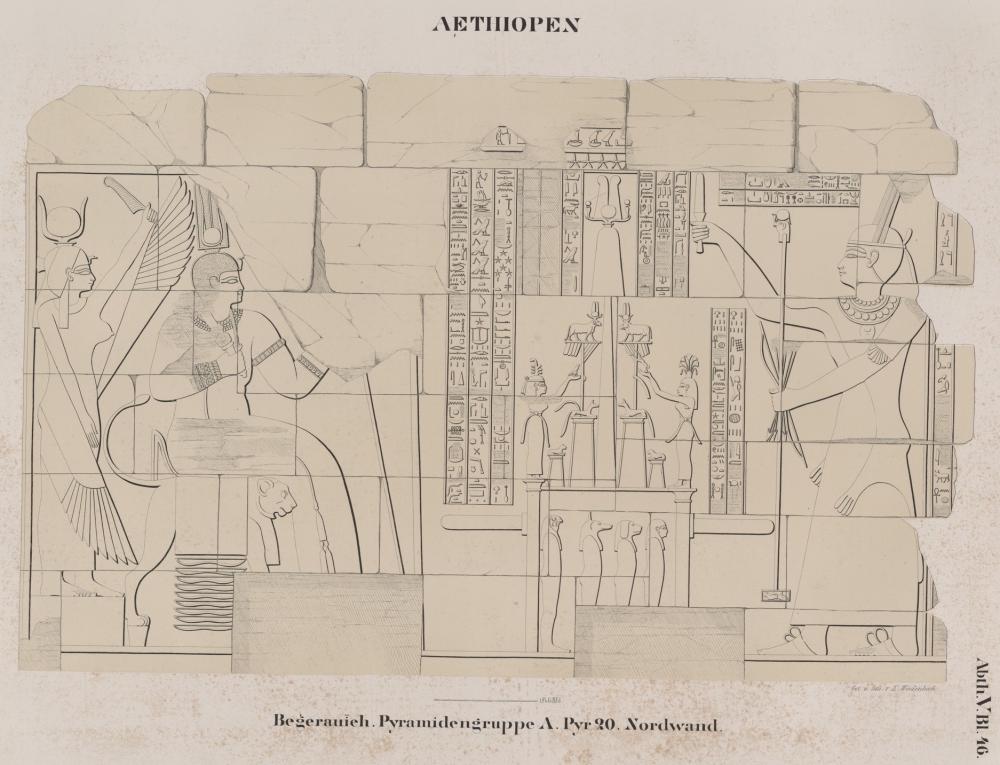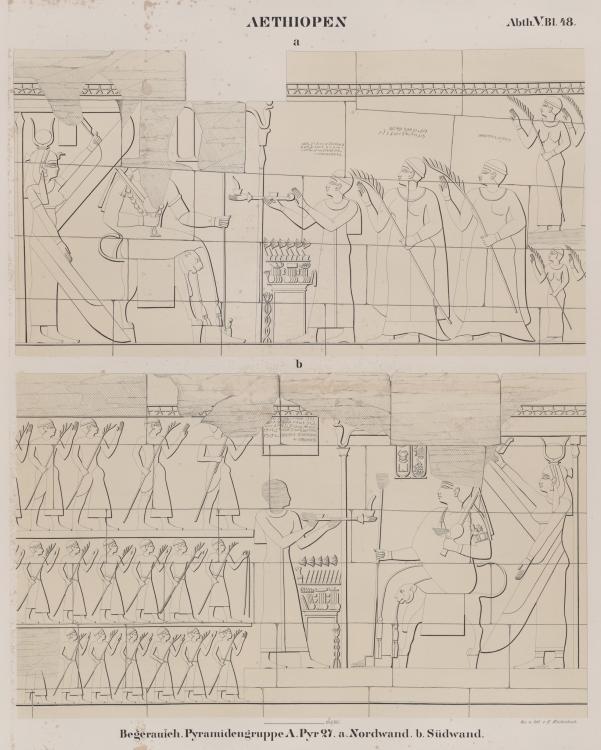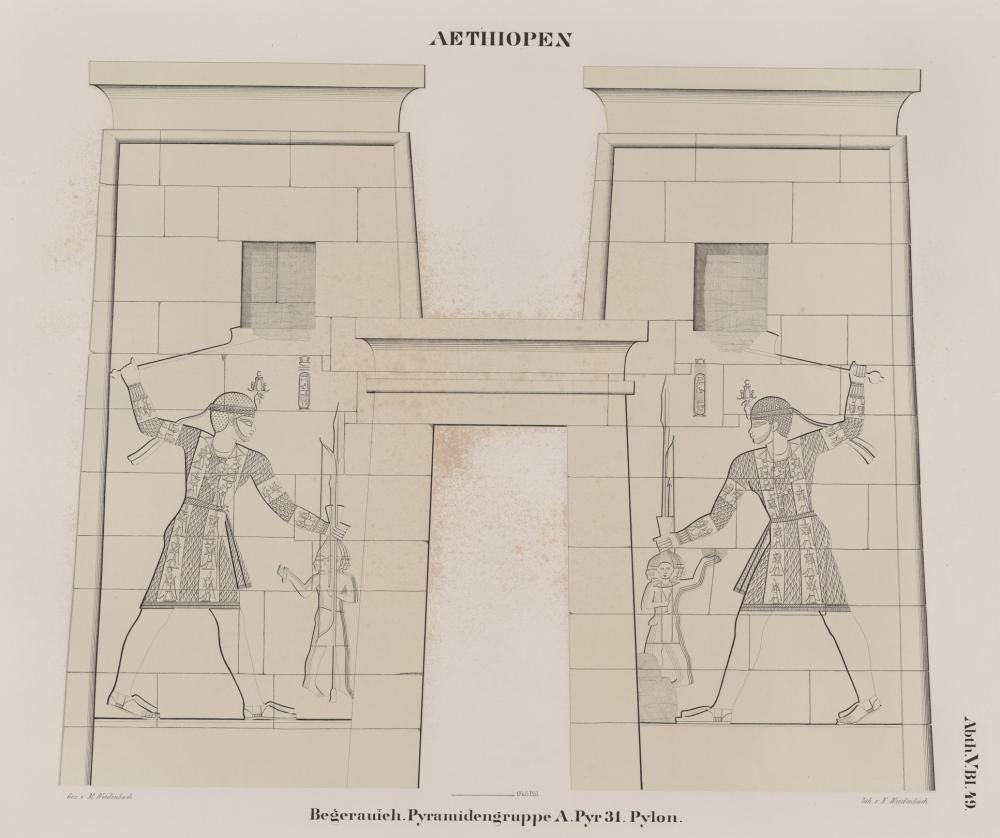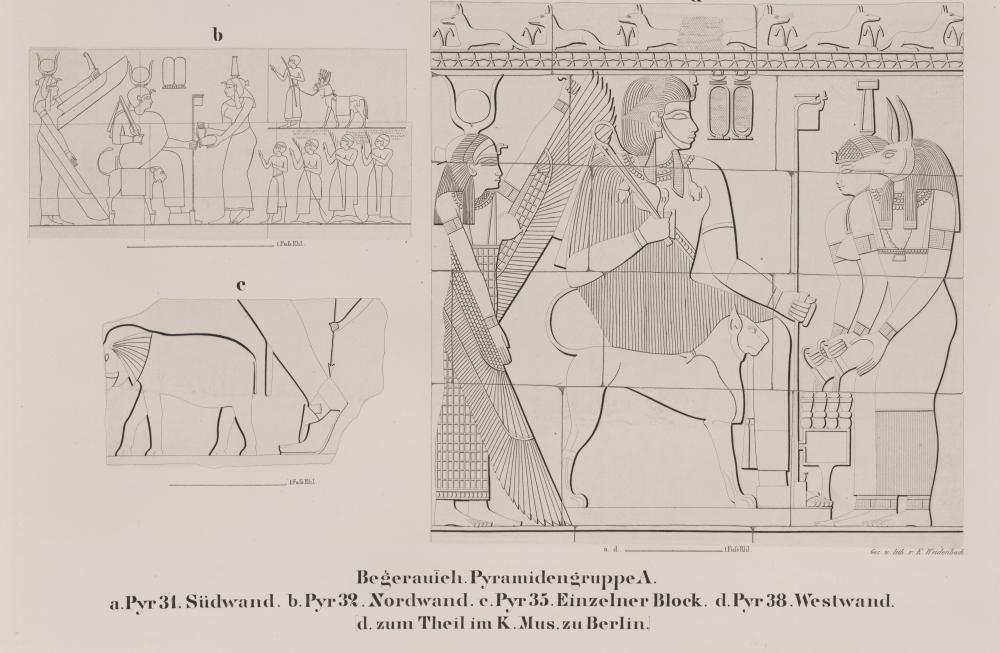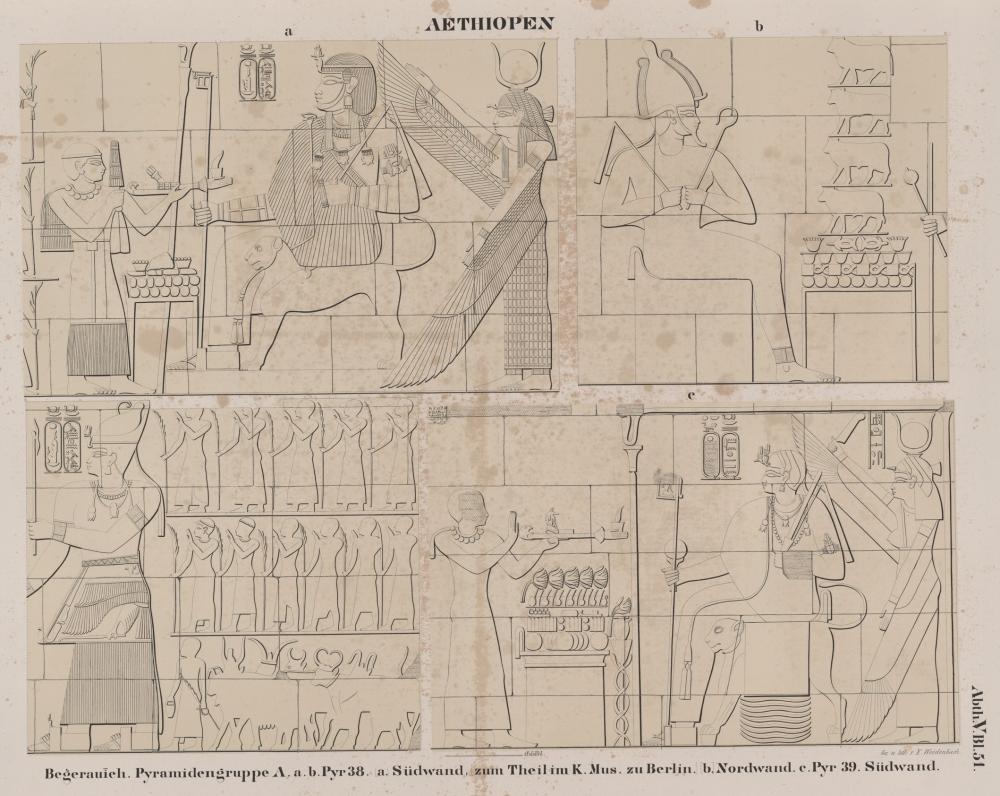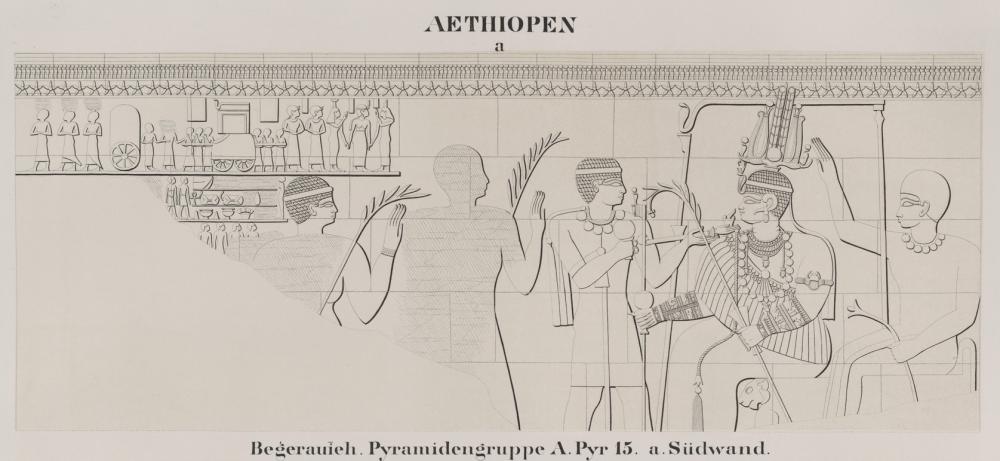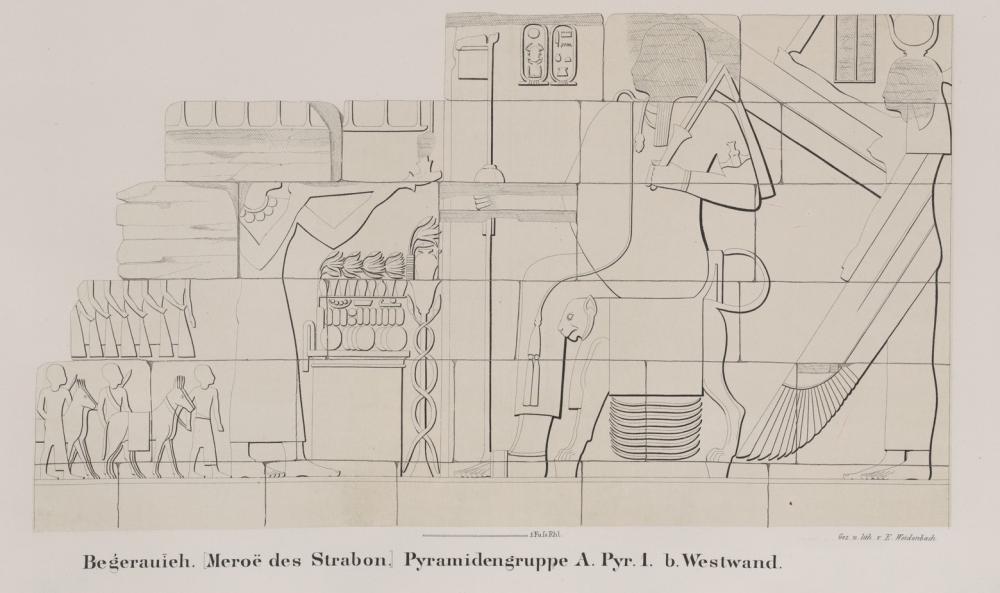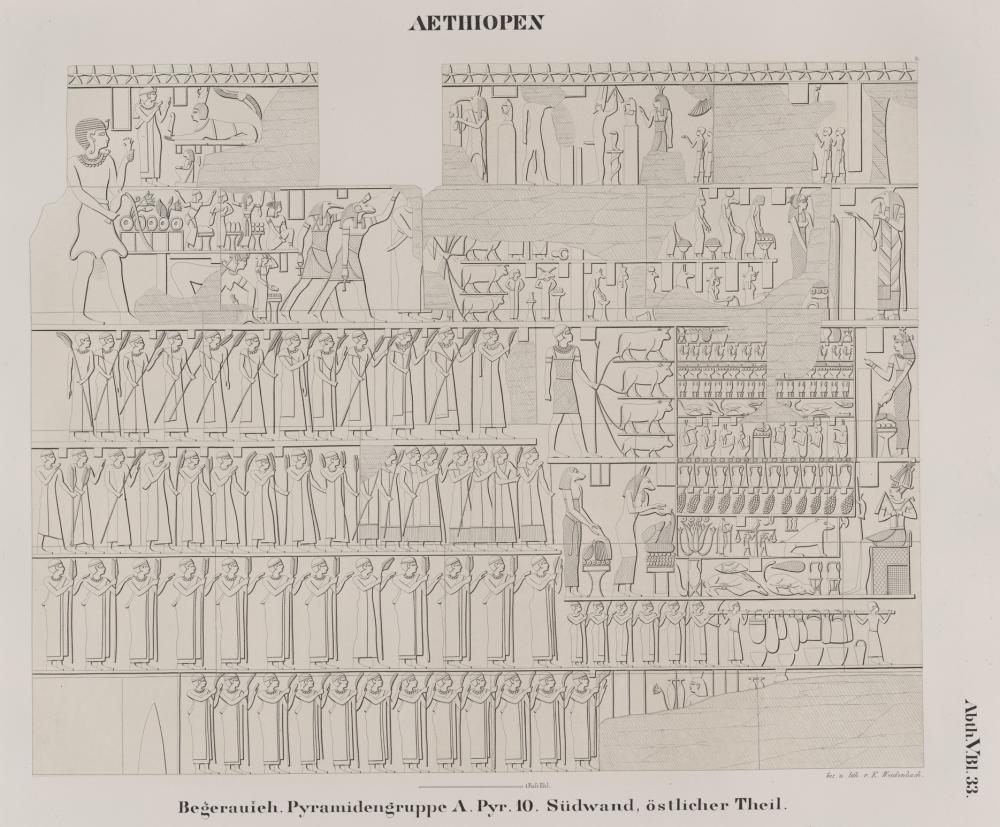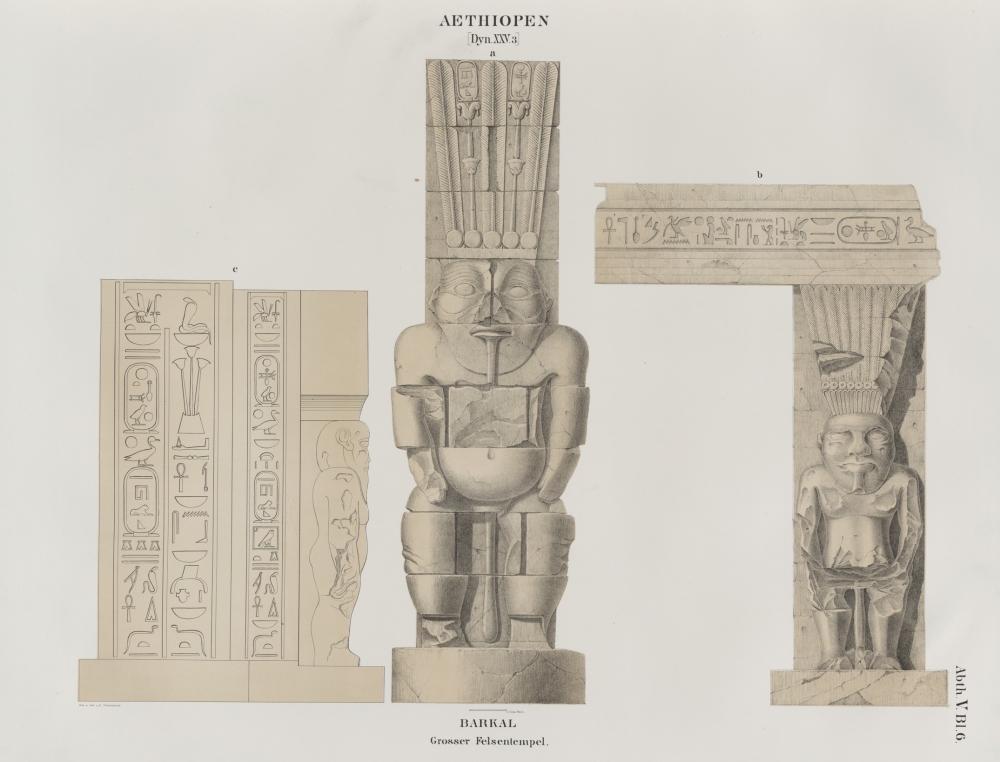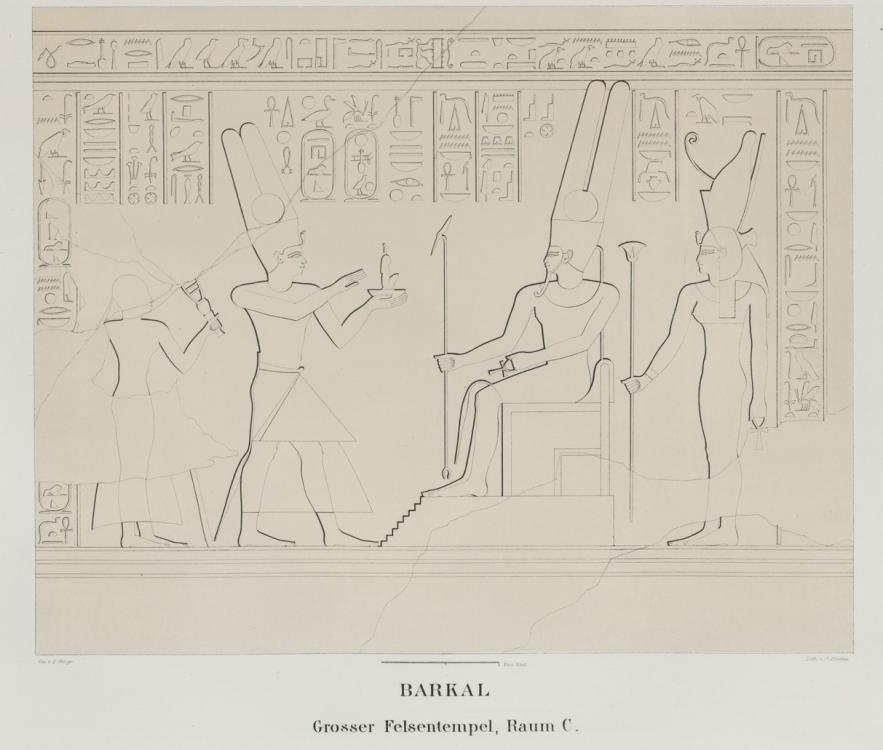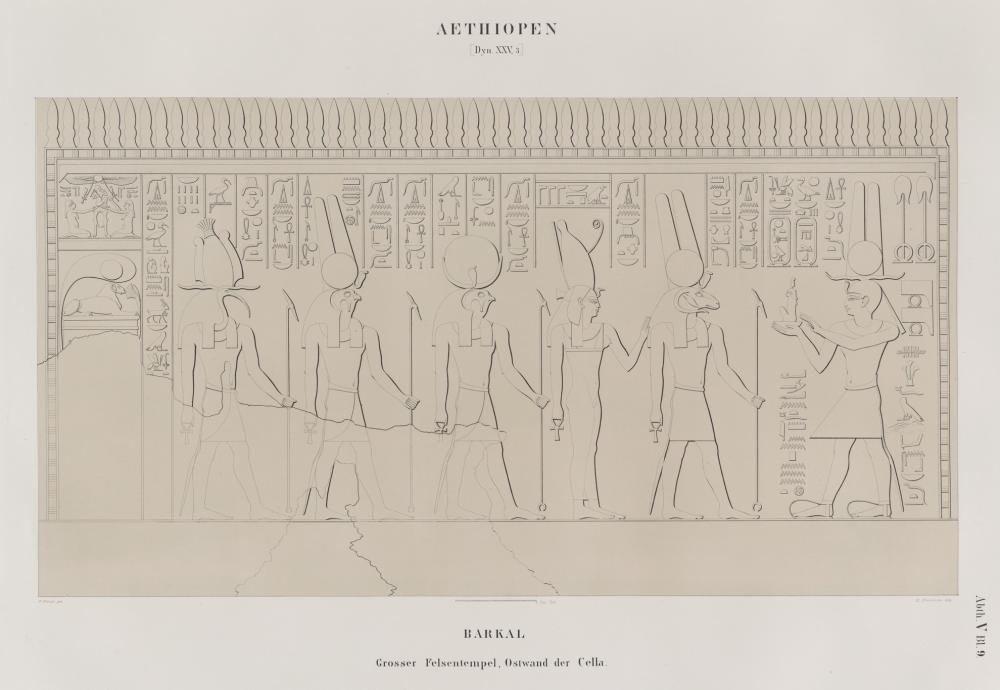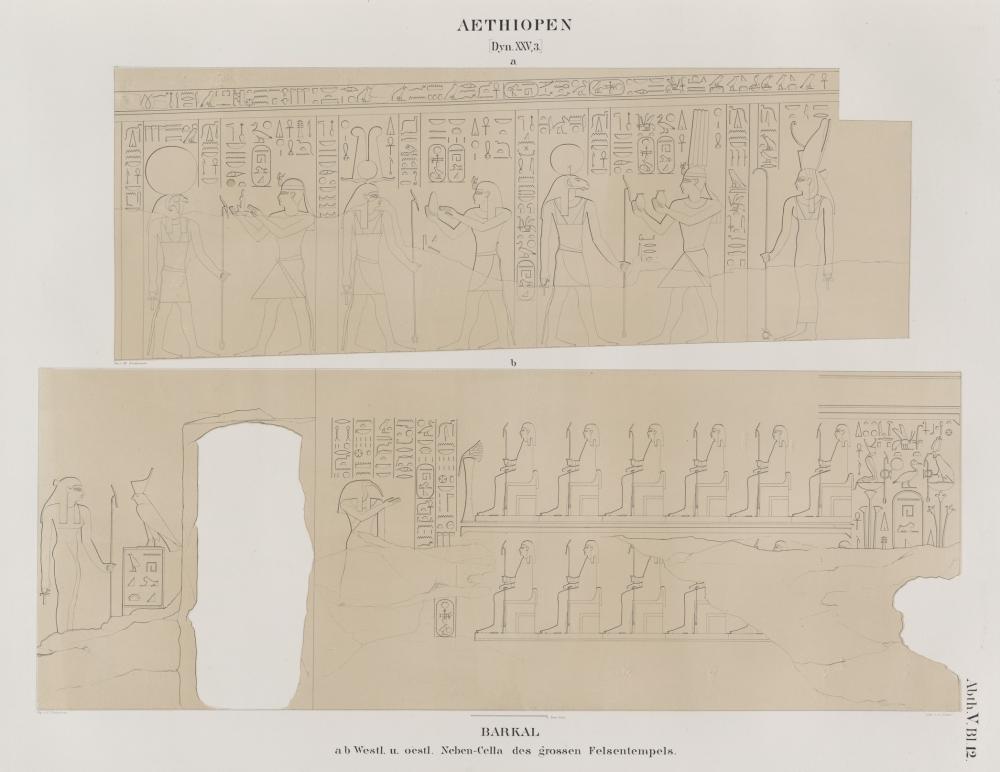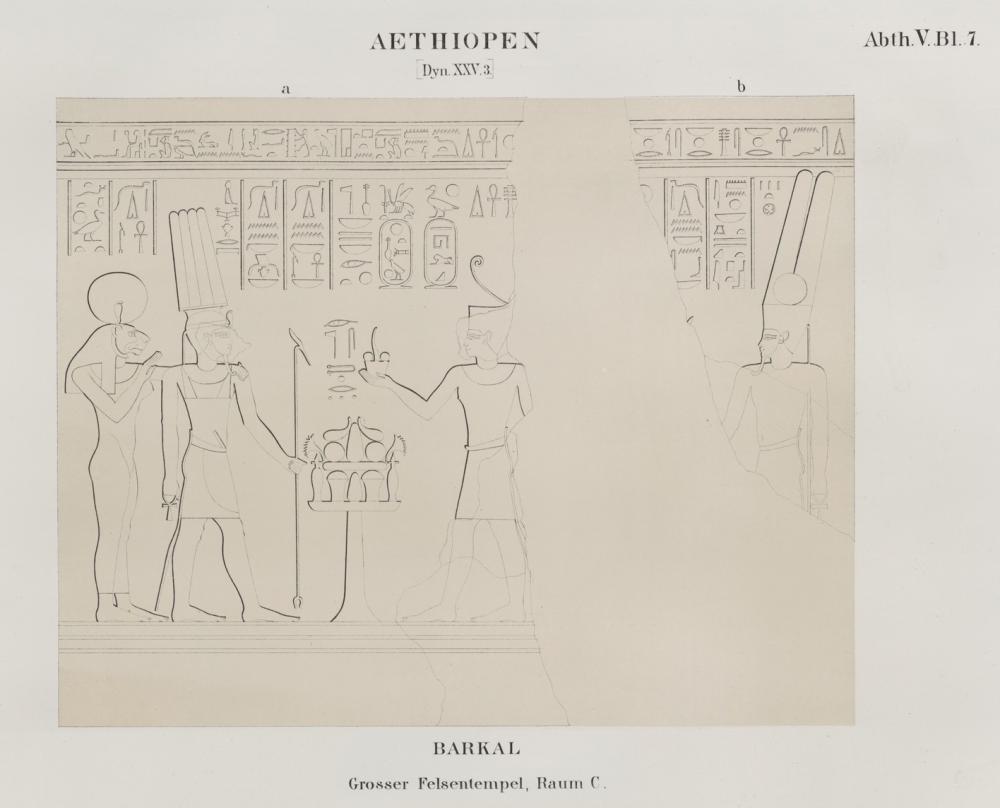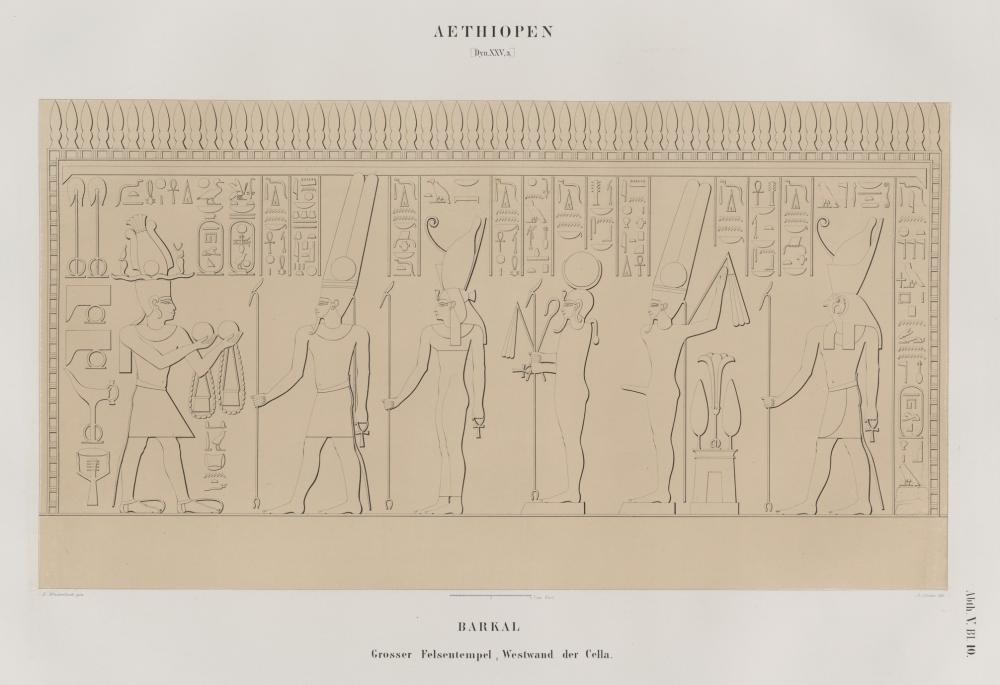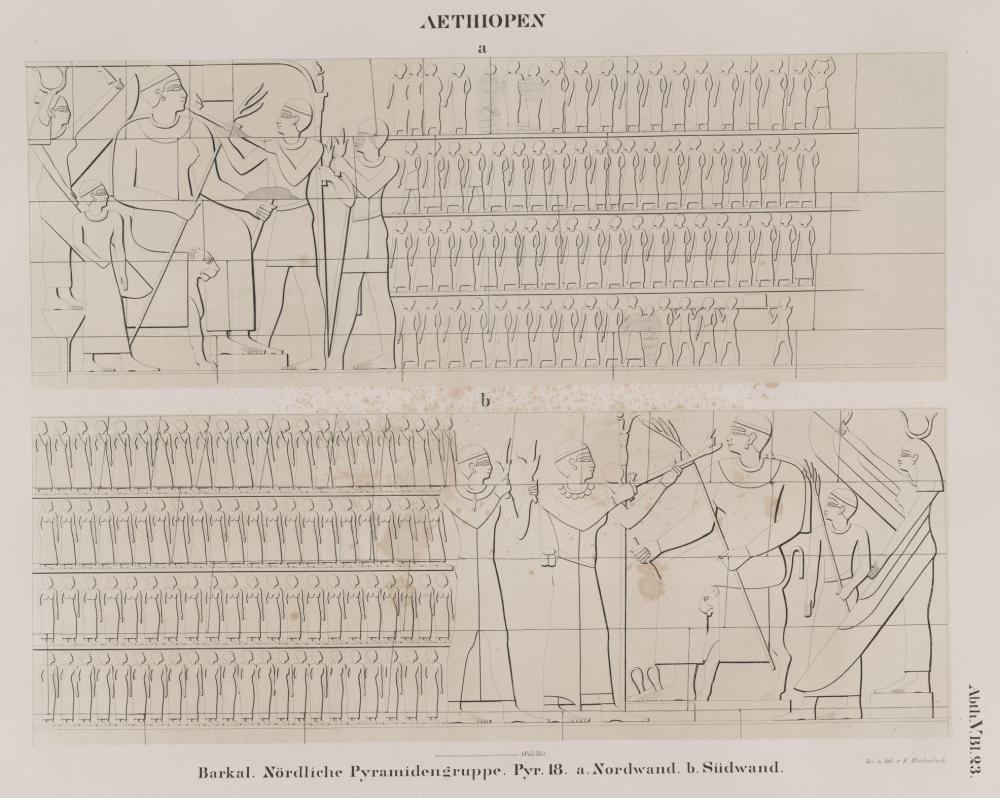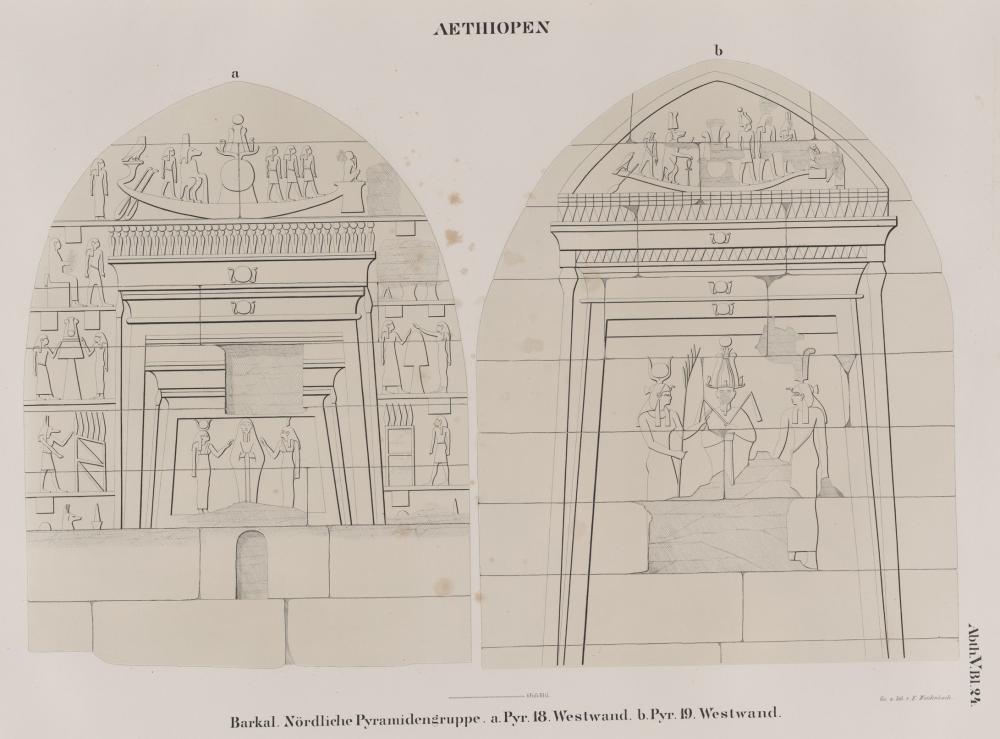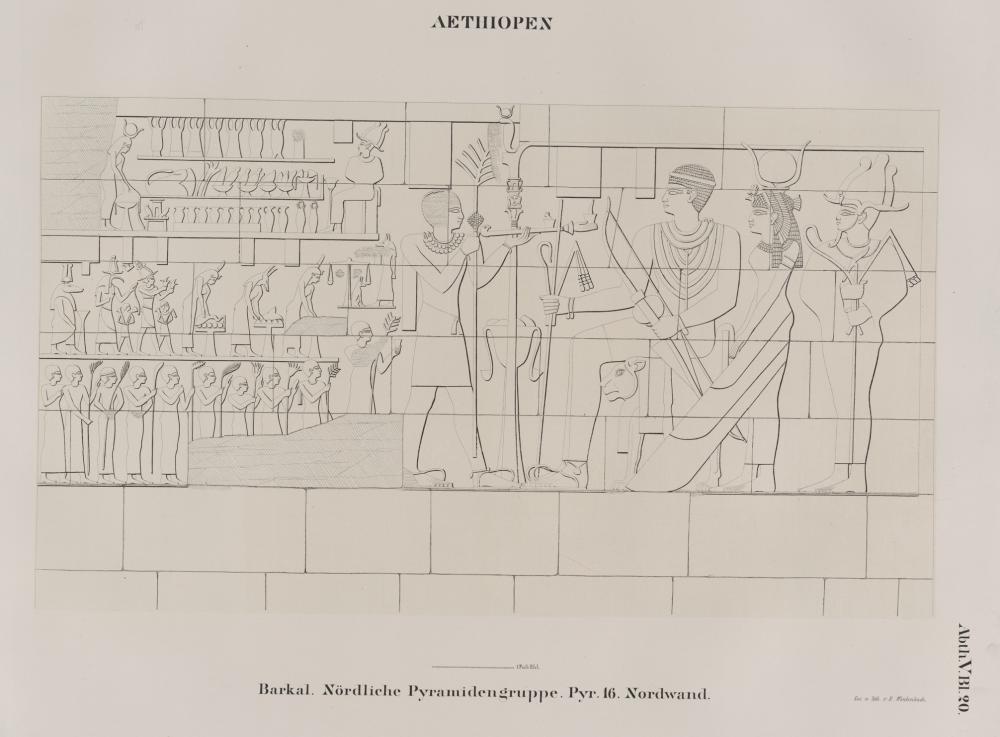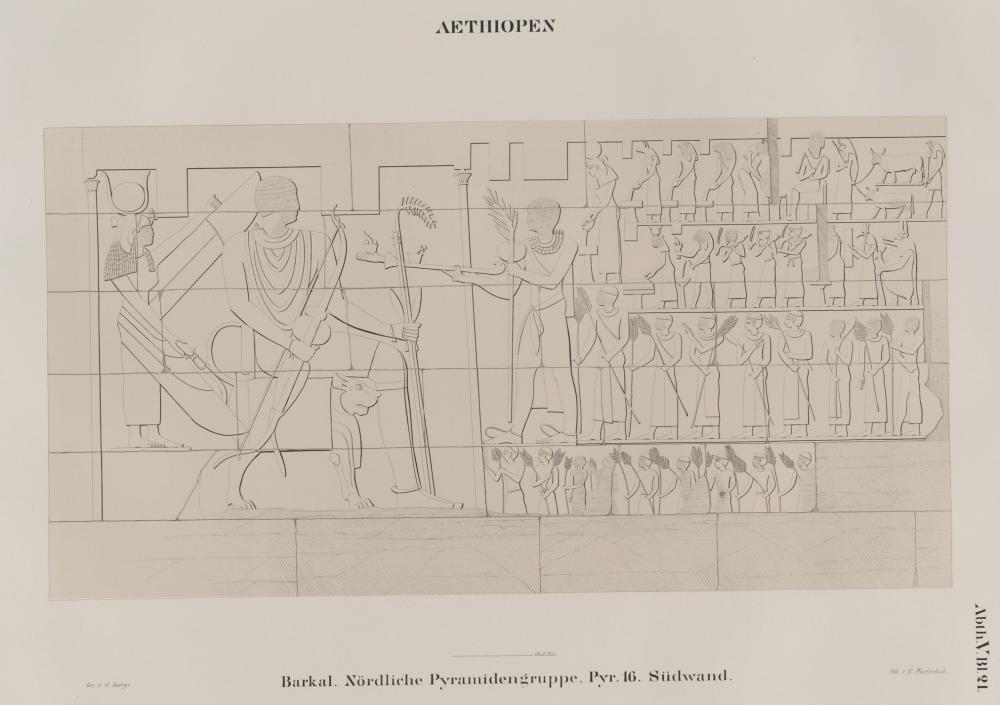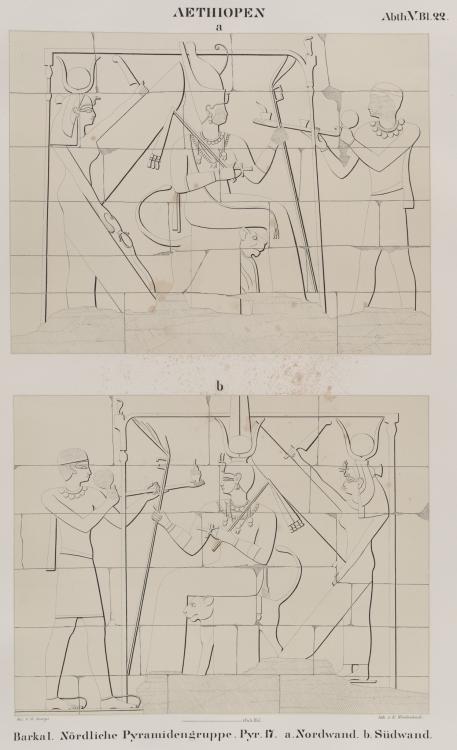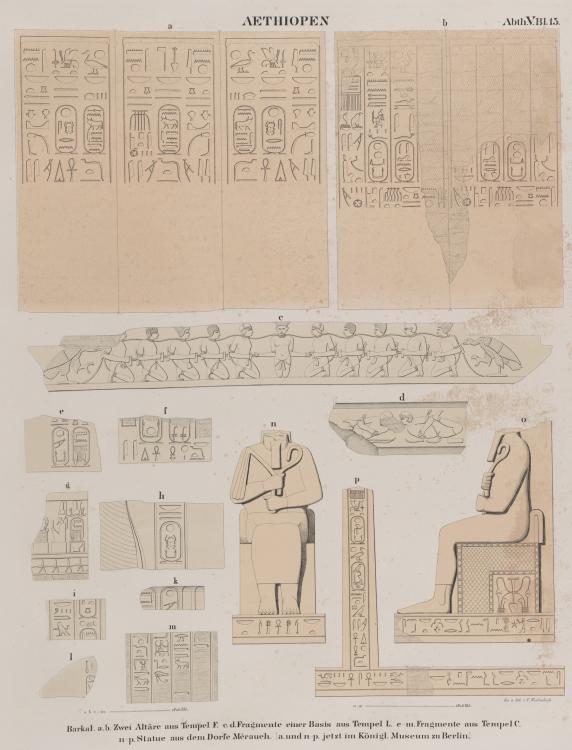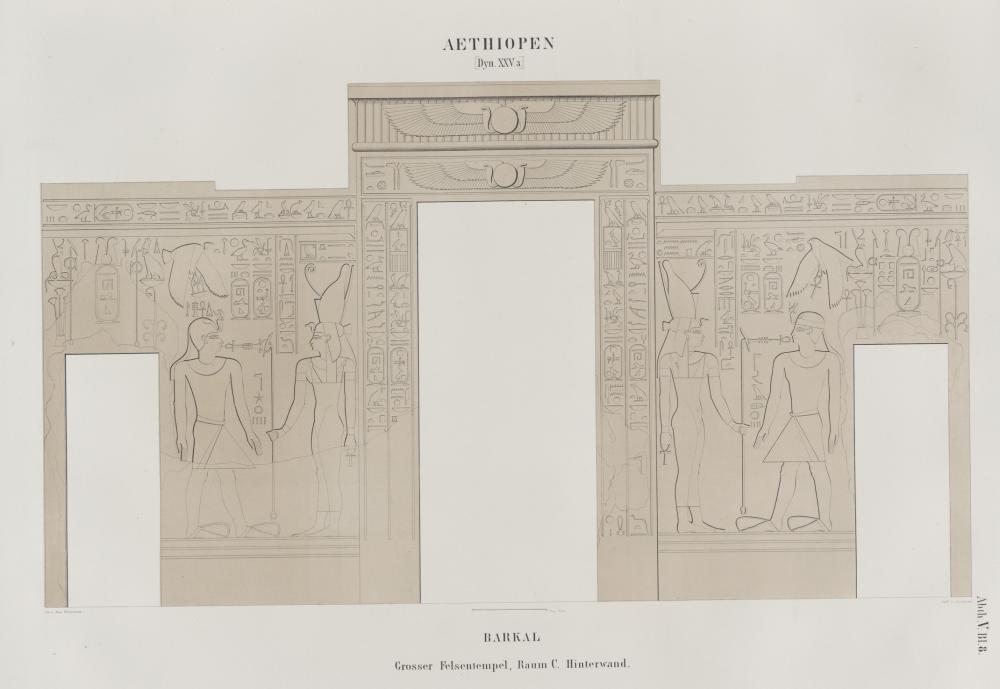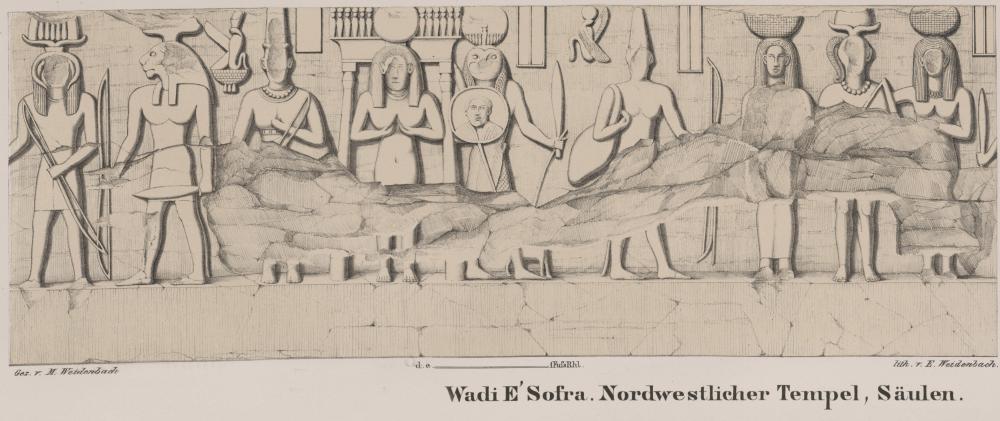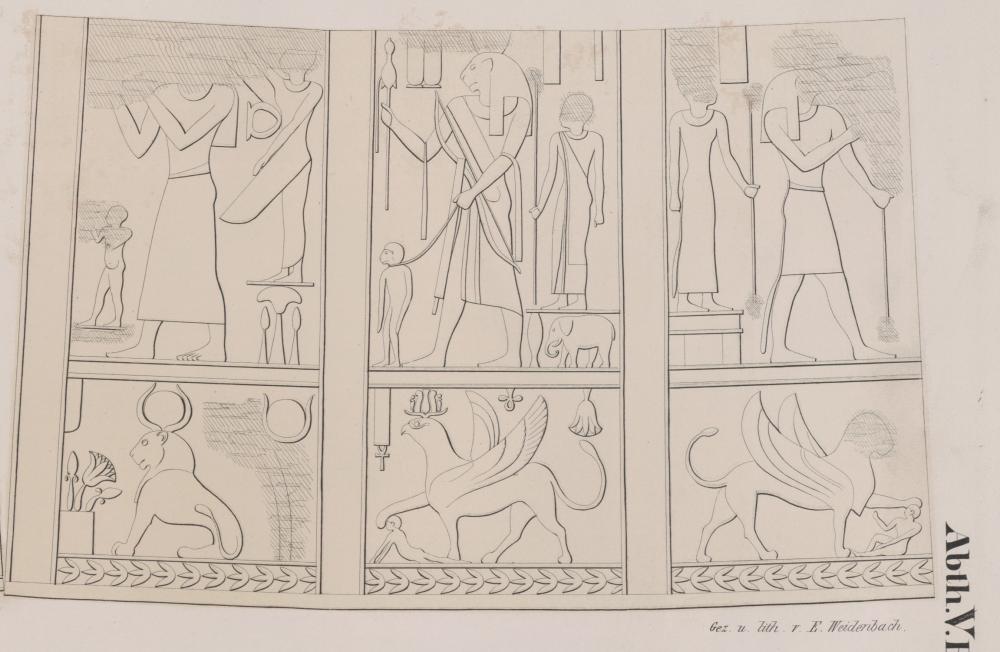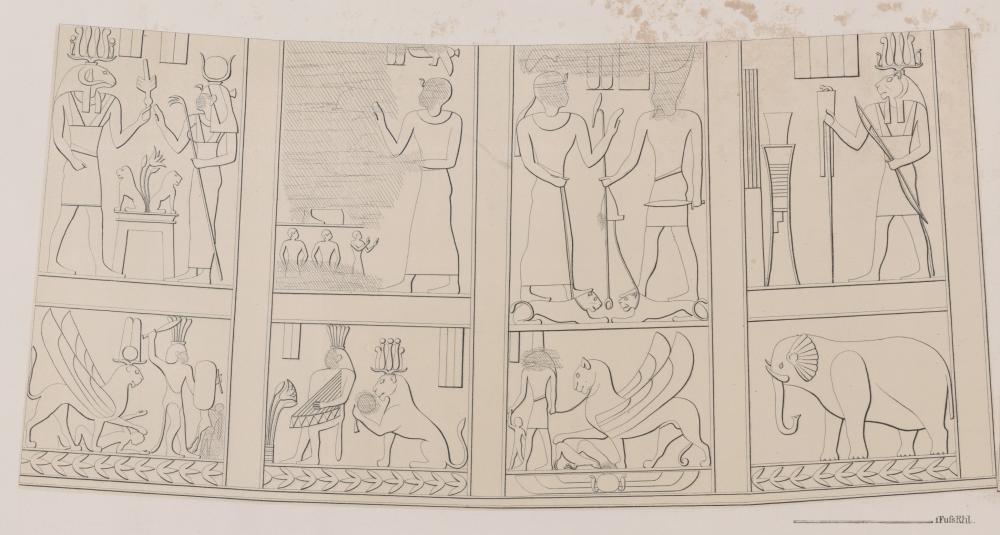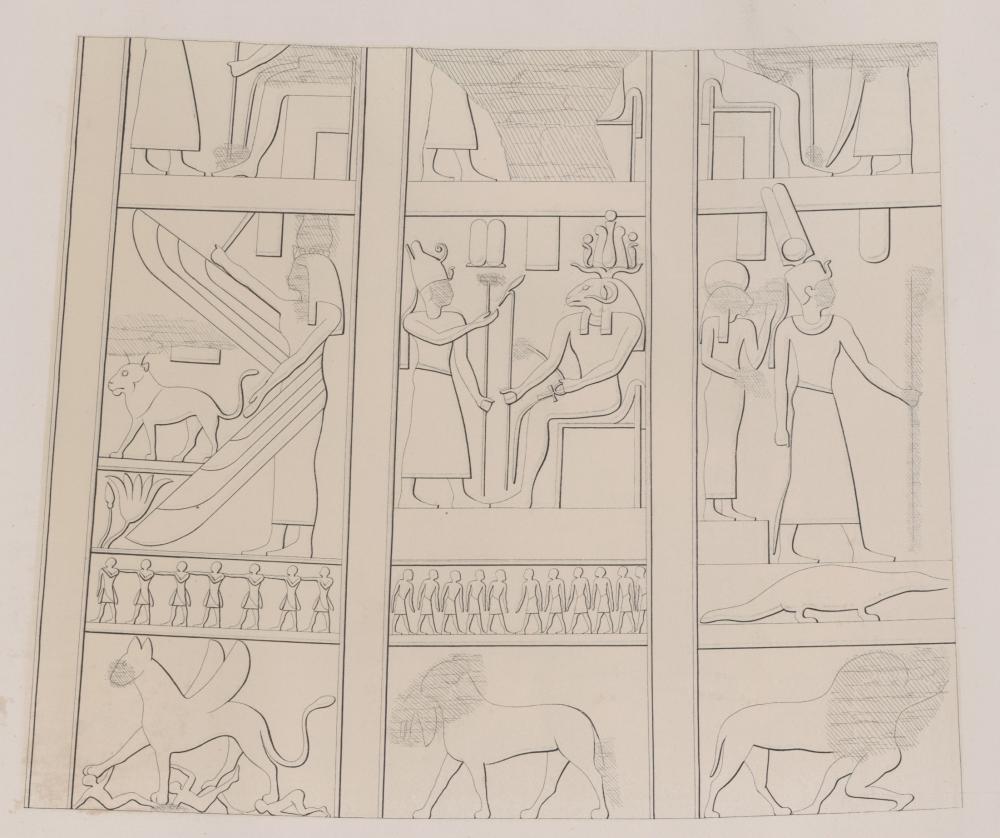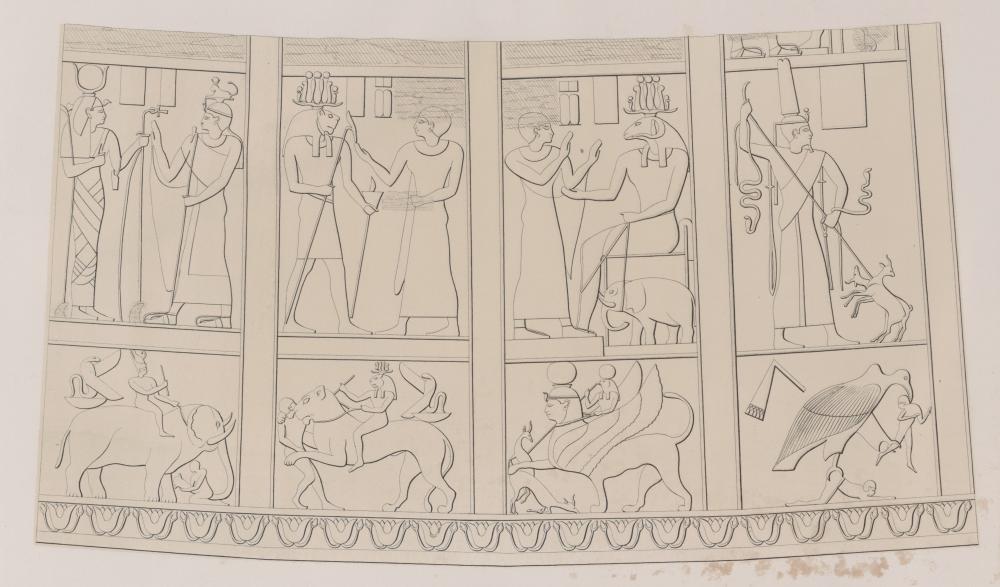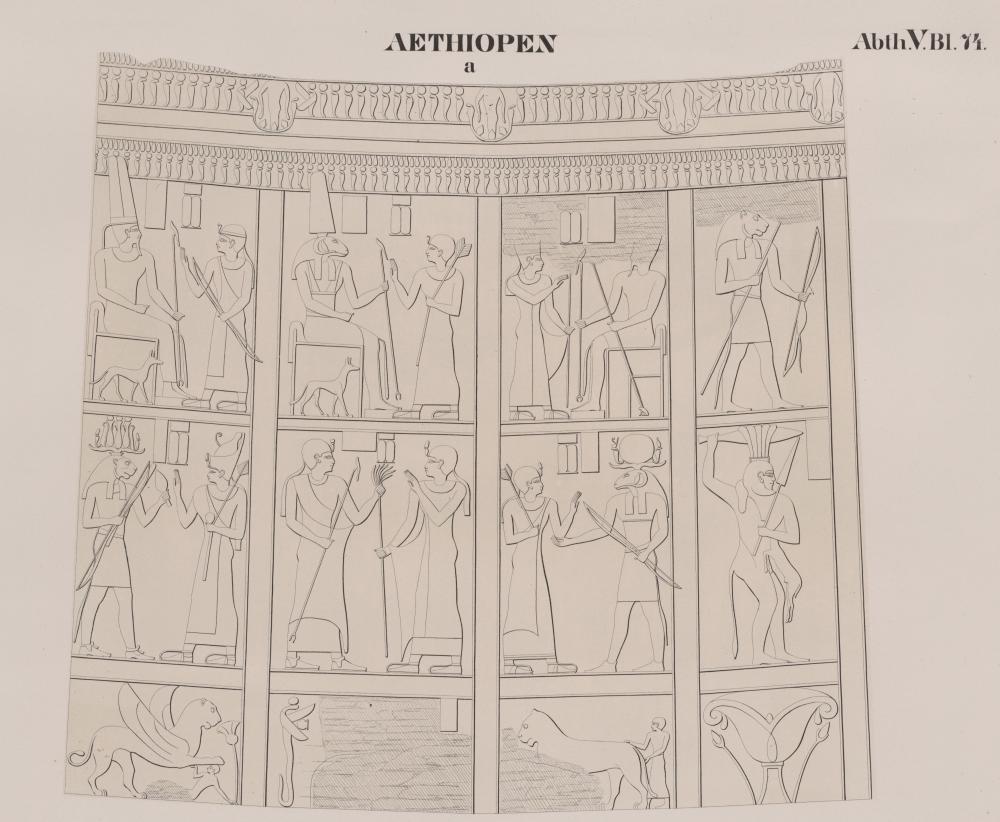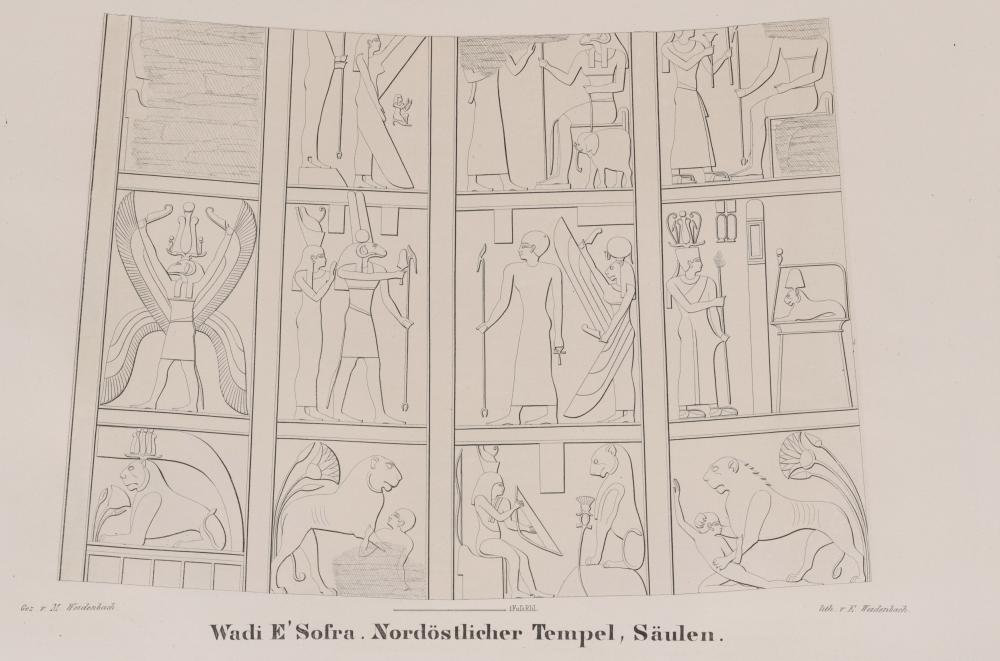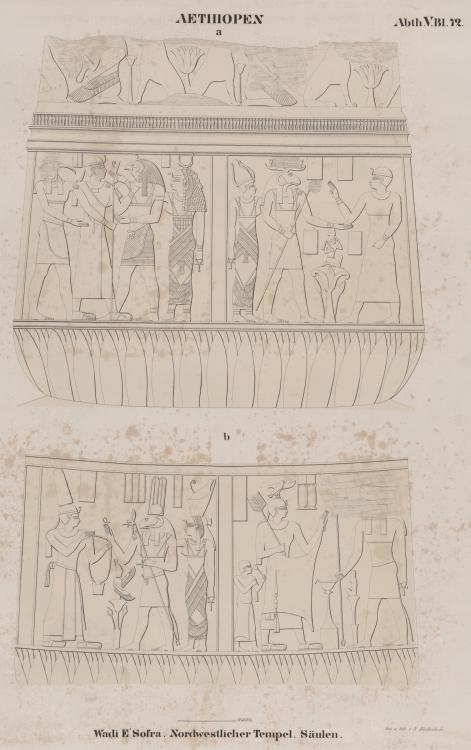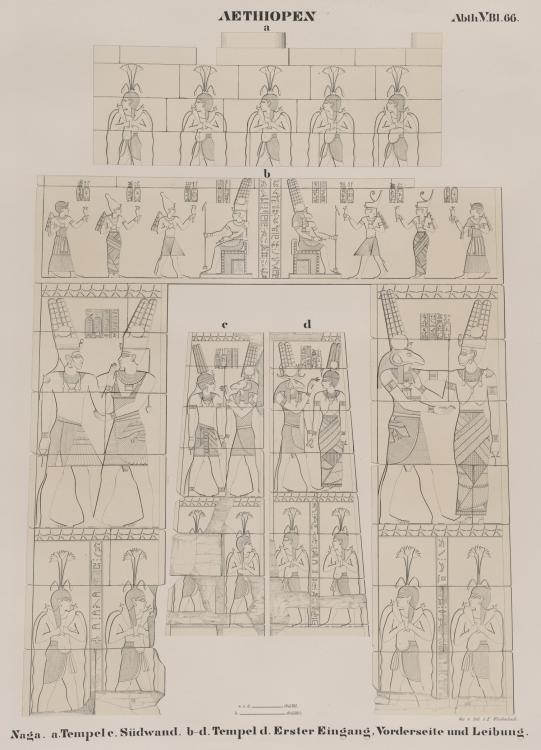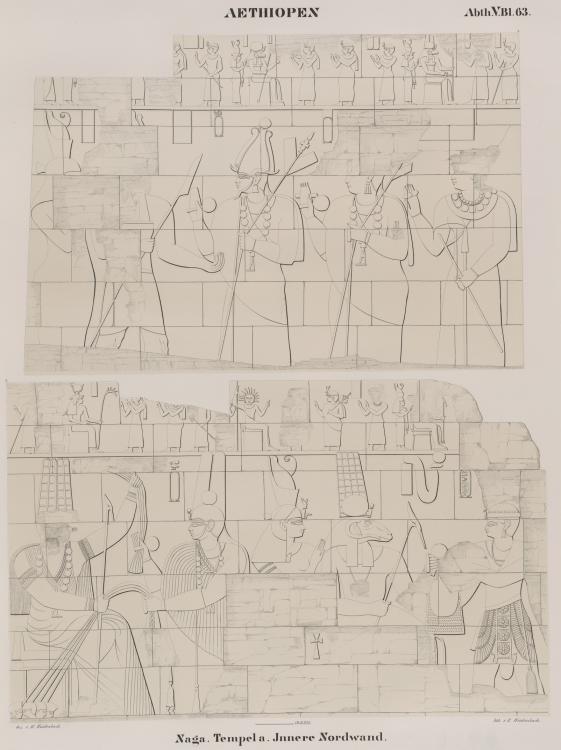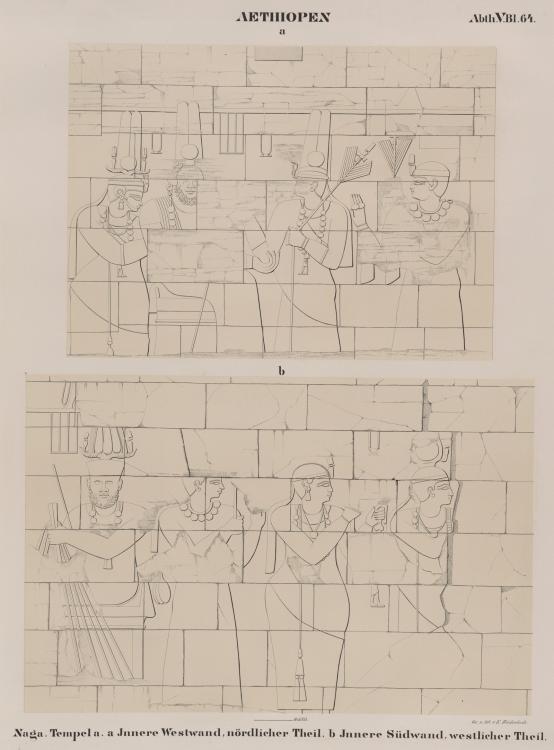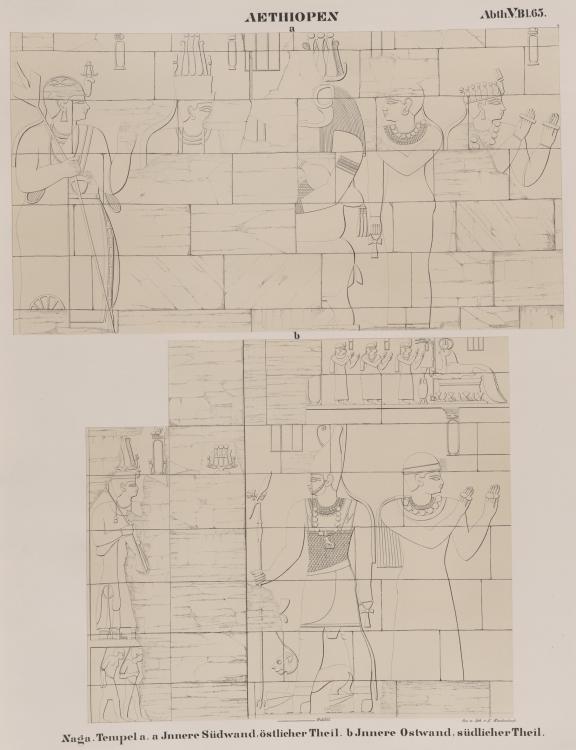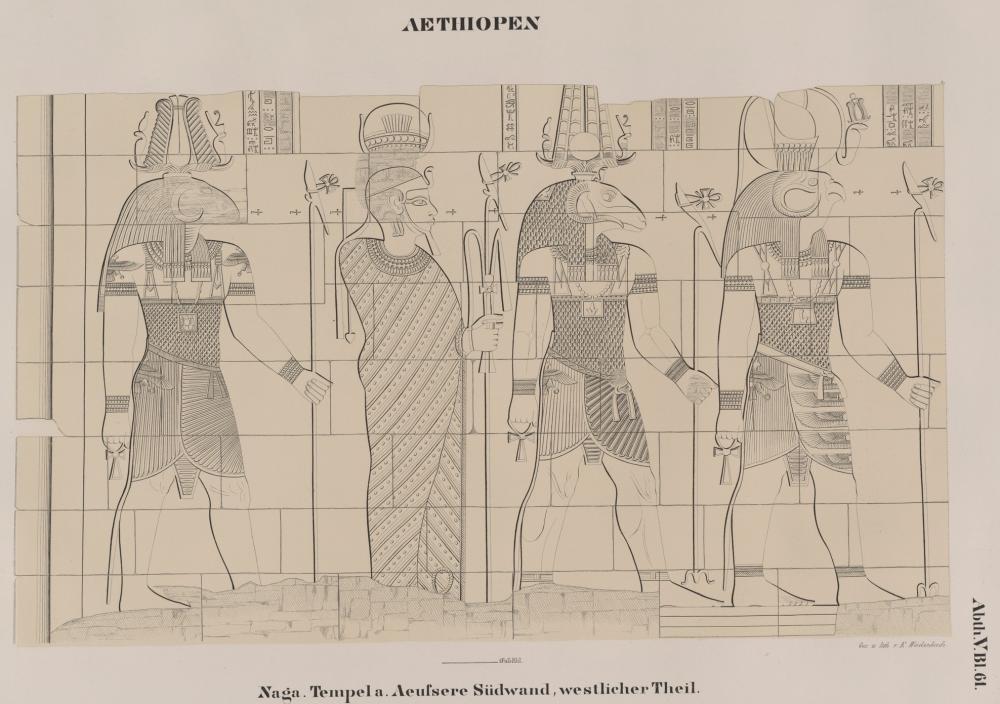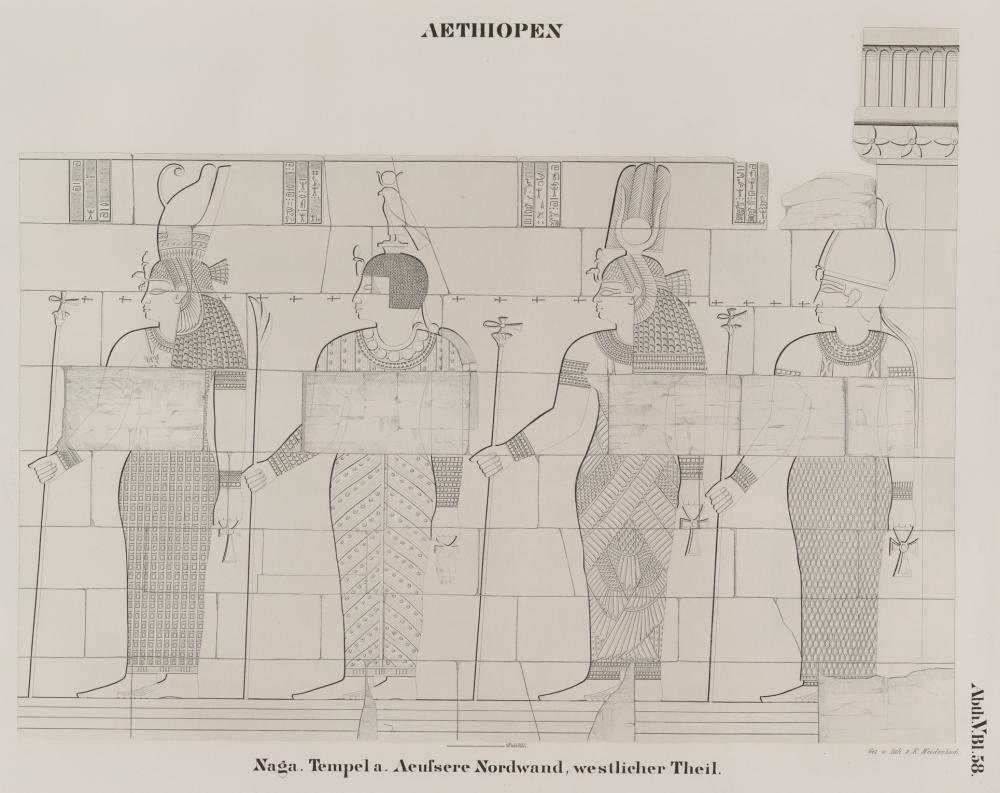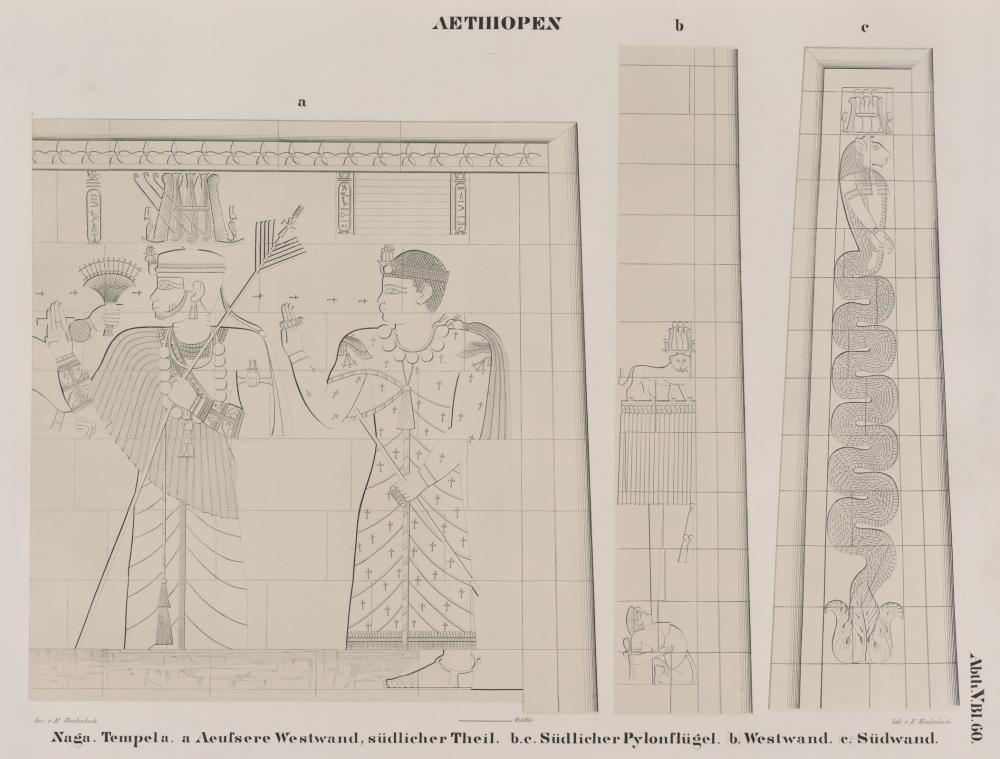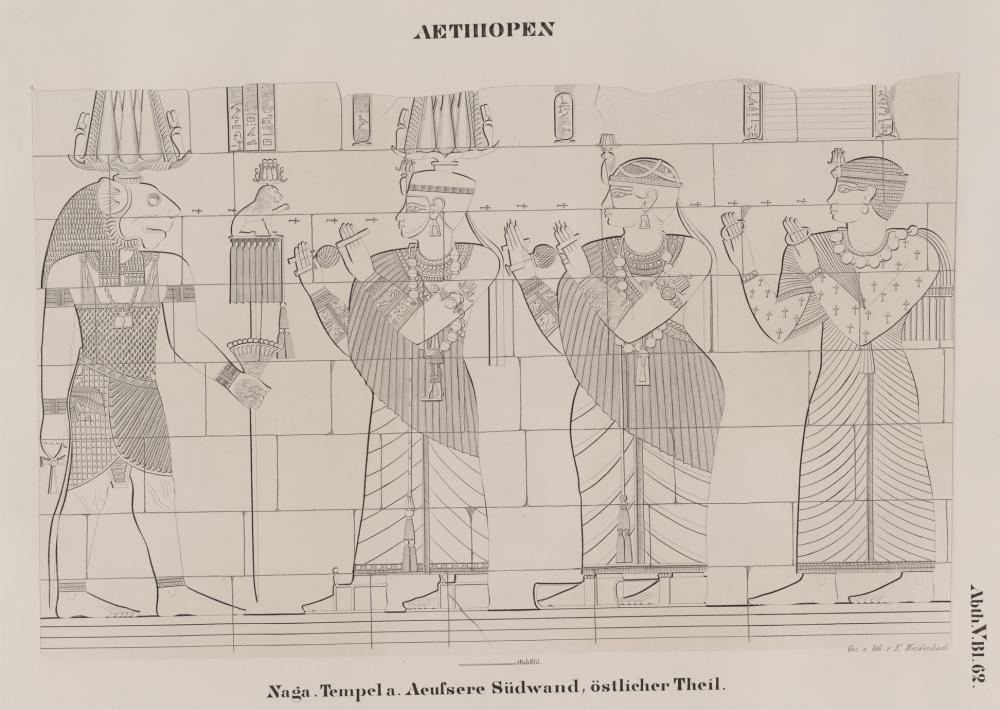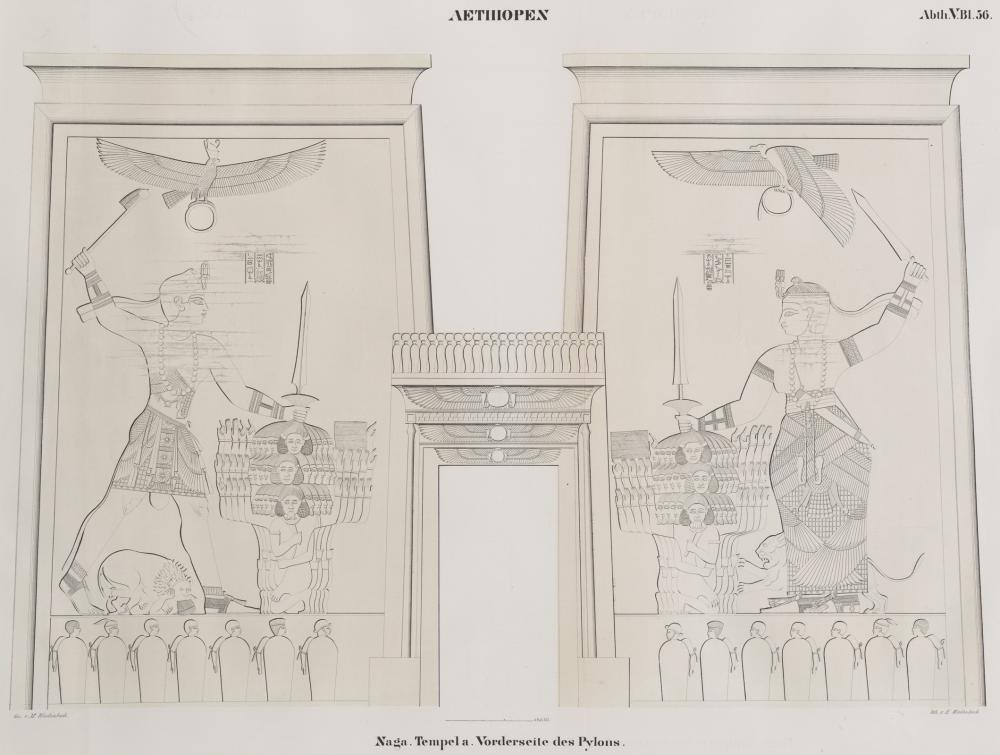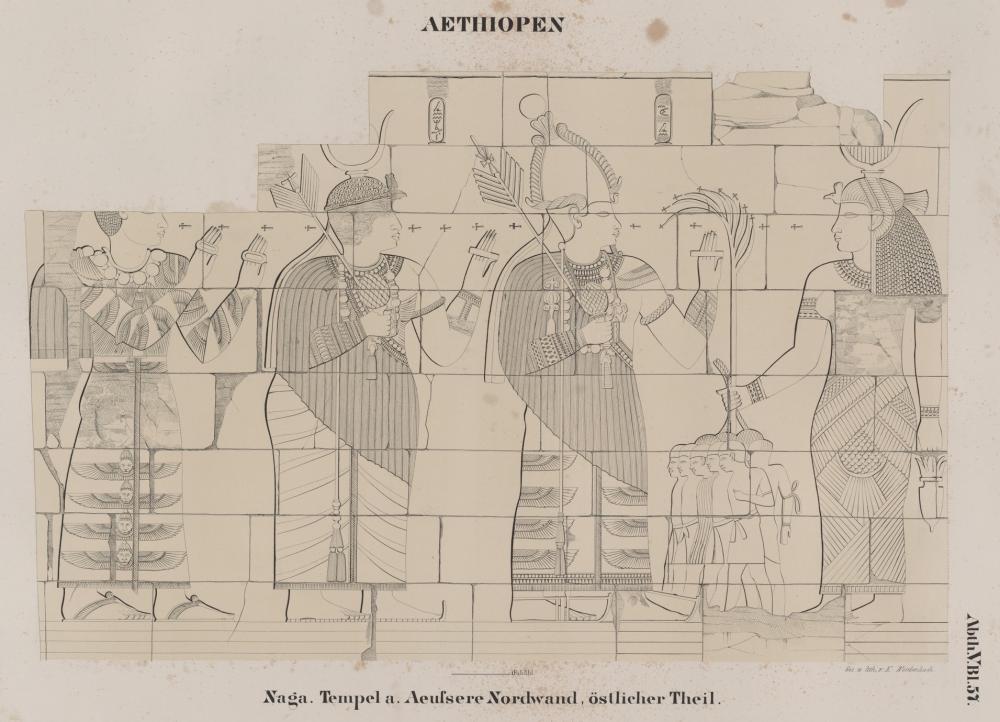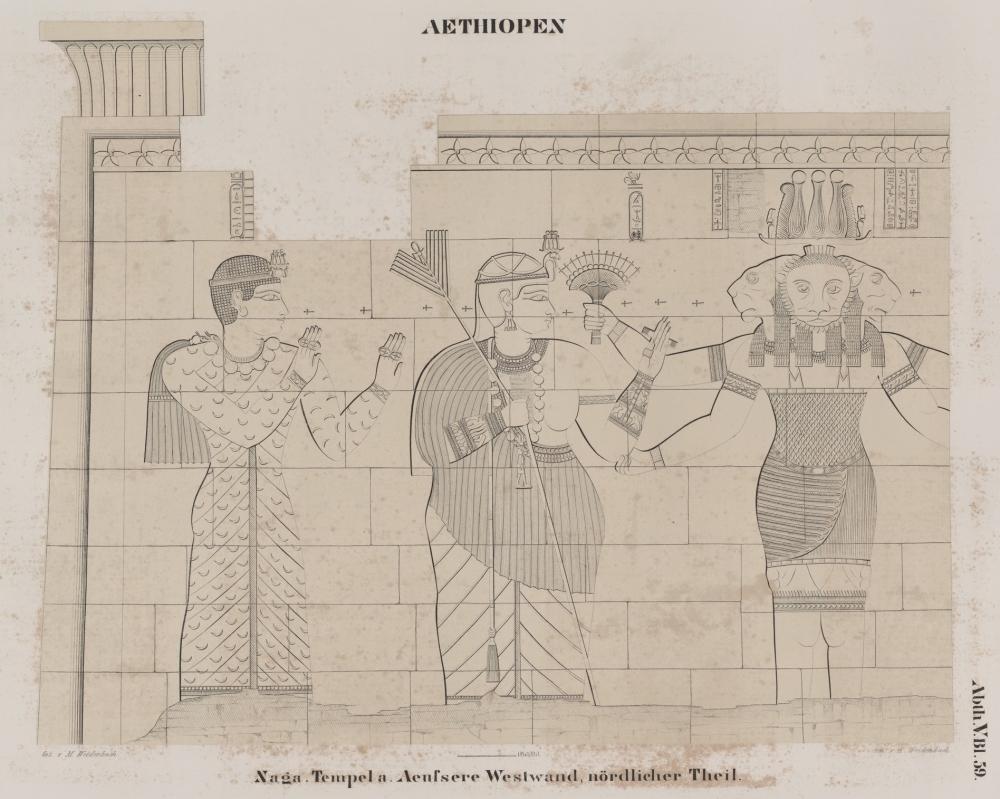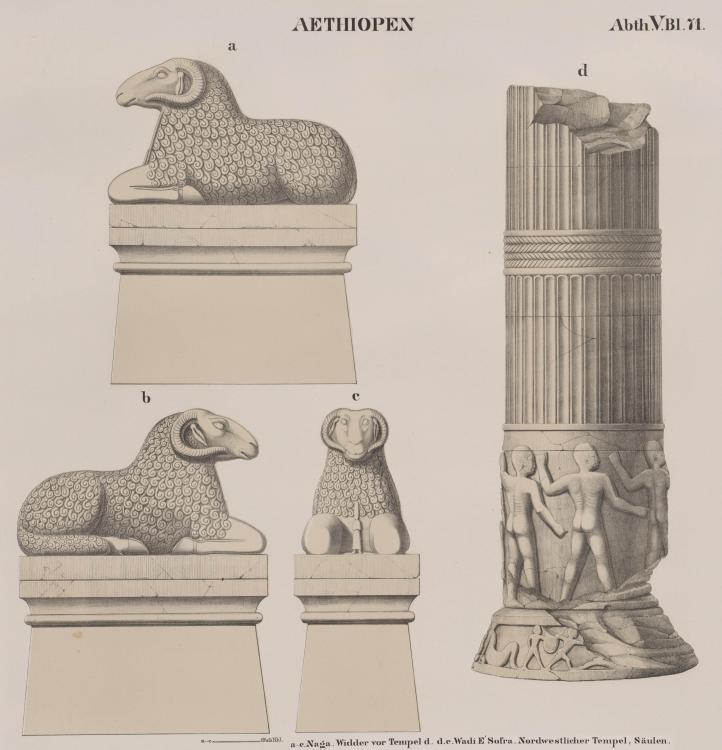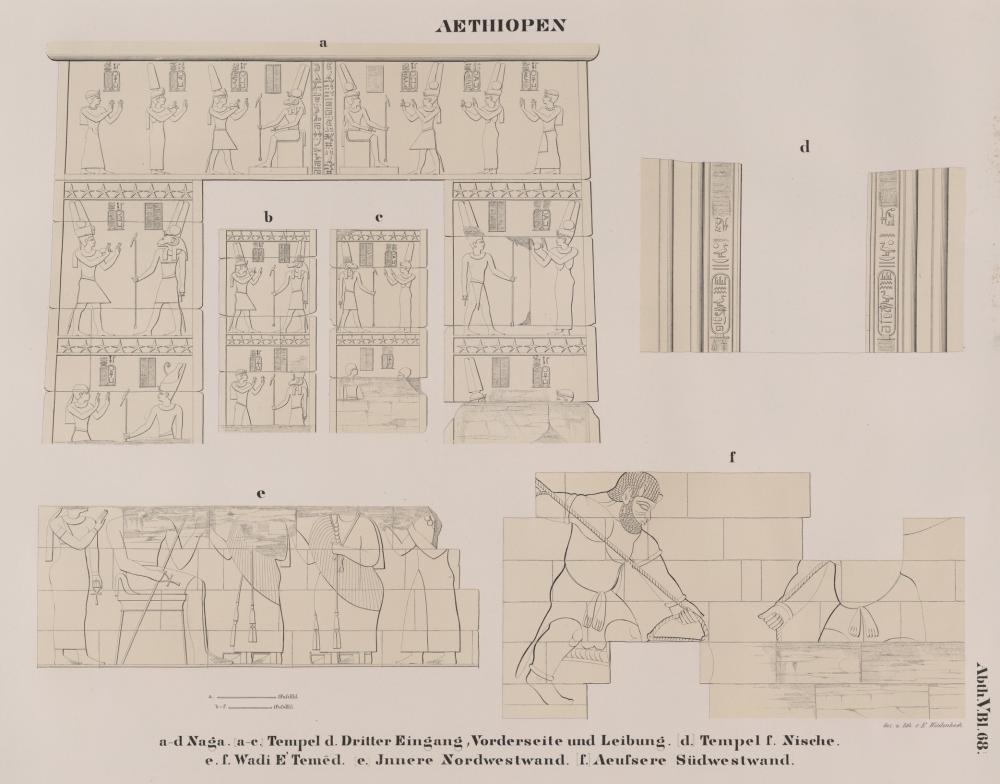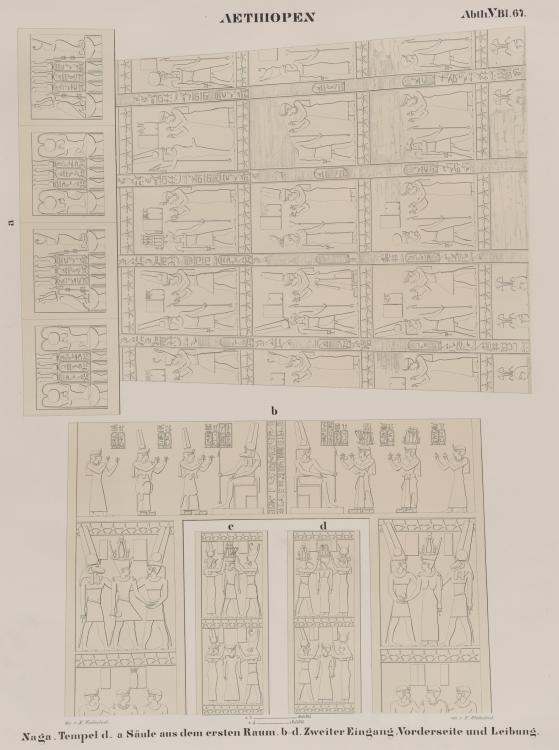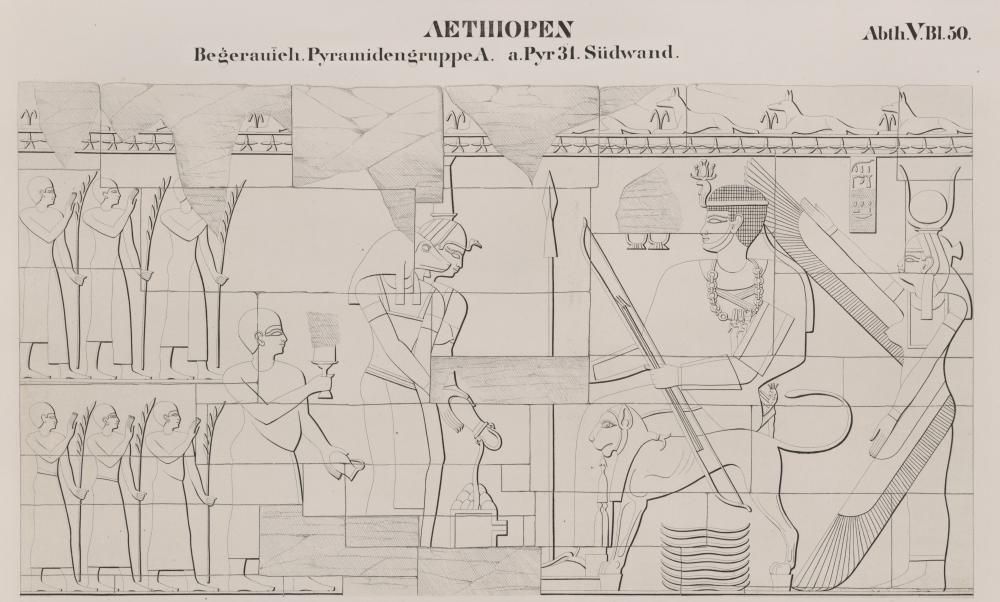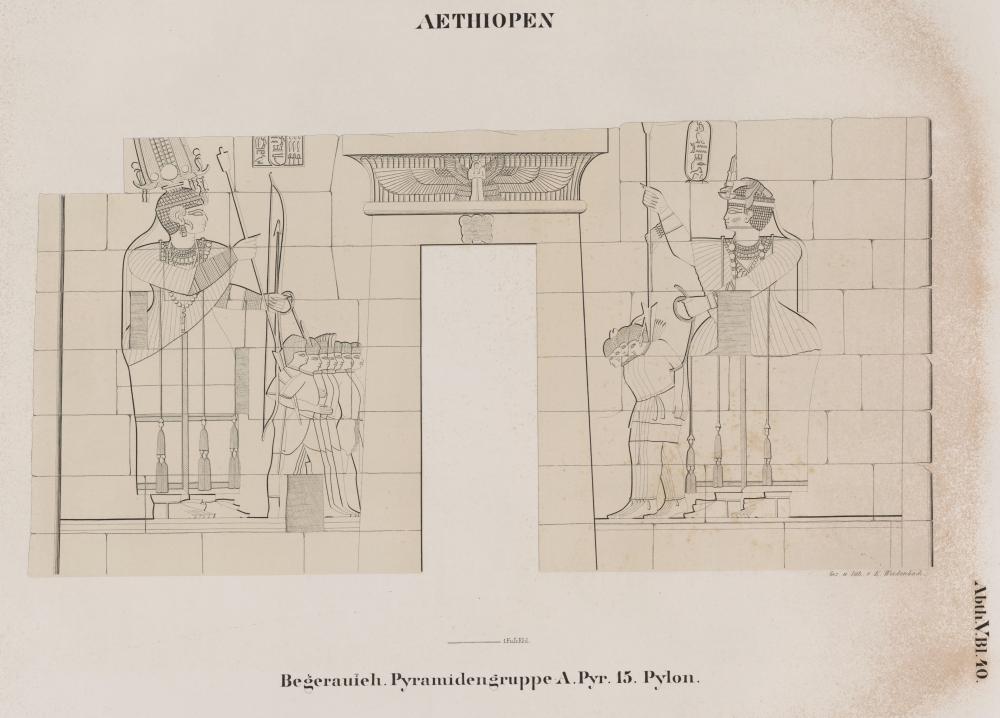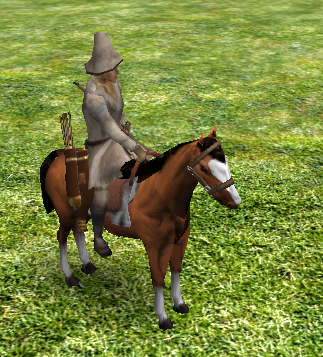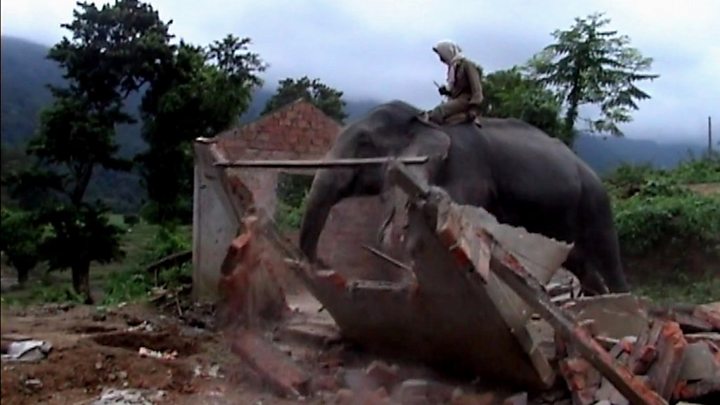Leaderboard
Popular Content
Showing content with the highest reputation on 2017-09-18 in all areas
-
For some mod support related code (amphibious units, as in swimming, not hovercrafts), and for adding support for swimming animations I'd like to test this with something that can actually be used in 0 A.D.. Since we do have crocodiles and the blend file for that in the art_source repo, I'd like to have someone create some swimming animations. Would make testing a lot more fun. If someone wants to create animations for some other animals that like to swim (elephants, polar bears, etc) feel free to do so.6 points
-
I figured out the positions for garrisoned soldiers on the Fortress. Also, an attempt at Amanirenas, or Amanitore, or some other Kandake. Not entirely satisfied with this one. Of course, needs the bronze snake helmet. Here she is with her retinue. Shields temporary. 4K3 points
-
I might be wrong, but it looks like one of the floating units has the wrong anchor type which makes it look somewhat strange when moving up/down hills.3 points
-
No? Why not? Philip's siege of Amphipolis in 357 BC is just one of many examples in which battering rams were used to breach massive city walls. (City walls of over 10 m are no exception; in Lugo, a provincial town in Galicia (Spain) the Roman city walls are still standing.) The idea is that if you weaken the stone at the bottom enough, the walls will collapse, and you can send in your troops to enter the city. The same principle applies to sending in sappers to undermine walls via tunnels (for which there are also many examples). These options were time-consuming and allowed the besieged to take counter measures (e.g. constructing secondary walls within the city walls, which was done on numerous occassions). Instead generals typically prefered quicker options, such as treachery, bribery, surprise attacks, and direct assault by sending in ladders to scale the walls. (Yes! We need ladders in 0 A.D.) And if no other options were available (e.g. pre-Hellenistic Greece, pre-Assyrian Near East, etc) the besieger could do little more than surround the city and hope to force it to surrender through starvation. Anyway, that was not my point. Historically: War elephants were used in pitched battles, not in siege warfare Battering rams were used in siege warfare, not in pitched battles Currently in 0 A.D.: War elephants can destroy most if not all buildings 1:1 Battering rams can crush many if not most human soldiers 1:1 Personally I have no problems with compromising realism to some degree, but I feel occassionally obliged to point out when the game flatly contradicts reality. Yes, complete realism is impossible and unwanted. If you leave out everything unrealistic, you'll be left with nothing left. And having fun is certainly more important. I'm the first to admit all this. However, as wowgetoffyourcellphone wrote earlier, using history to bring in authencity to the game is important as well, otherwise we could just make it a fantasy game. (Introduce flying purple hippos!)3 points
-
wowgetoffyourcellphone seems to agree with me on several points in this discussion. Maybe I should try out Delenda Est However, large, bold, full caps are used too often in the captions of the github README.md file to my taste. Why not change it to the usual MD headers? # Title ## Section ### Subsection #### Subsubsection Also useful for itemization: * item * item * subitem * item Anyway, back to war elephants and battering rams, a very easy and effective solution is: Give war elephants e.g. a 0.1 bonus attack (i.e. a 90% damage penalty) vs structures; this makes them still more effective against structures than any other human soldiers, but significantly less than siege weapons Reduce battering ram base damage to a quarter and apply a 4.0 bonus attack (i.e. a 300% damage improvement) vs structures; this does not change their effectivity vs structures, but makes them less capable of crushing human soldiers Oh, yes, gates. Currently in 0 A.D.: Gates (or actually converted long walls) are wider than they're high and are effectively the thinnest and weakest spot in the total walls. Such Lord of the Rings Mordor style gates are fantastic but ahistorical. Historically: Gatehouses were the largest, deepest, highest, most massive, and often the strongest parts of the city walls. The most famous are probably the Ishtar gate of Babylon, now in Berlin, and the Porta Nigra in Trier (Germany). However, in general this applies to city walls everywhere from the early Bronze Age to the Modern Era when walls became obsolete. (Examples of Medieval gates: https://en.wikipedia.org/wiki/Tower_of_San_Niccolò,_Florence and https://en.wikipedia.org/wiki/Holstentor ) The gate doors were typically higher than they were wide and actually relatively narrow; they were choke points and prone to traffic jams, a frequent complain of all ages. Gates were a symbol of the power of the city and were often (but not always) decorated. (In Mesopotamia gatehouses also served as the district courts of their adjacent neighbourhoods and the place to conduct trials, consult the laws, read the ruler's edicts, sign contracts, and challenge business deals.) 0 A.D.'s Carthaginian fortress probably resembles more how a gate in Antiquity would have looked like than 0 A.D.'s Carthaginian gate. When generals had to breach the city walls they looked for a weak spot (harbours, sewers, unfinished wall sections) and this seldom was the city gate. City walls were amongst the most expensive (and durable) structures and could easily take years to construct (for comparison, palisades and fortified army camps could be erected in an afternoon, a decent fortress in a matter of weeks). 0 A.D.'s walls are too cheap and too fast to construct.2 points
-
2 points
-
Drool... They already look so badass! How good are they going to look when finished?? Can't wait The Kandake could have the patern of Horus' wings embracing her skirt, to finish it off, like in the reliefs. I'm really appreciating the details, by the way, like the bronze quiver, the ankh necklace, the pattern on the diagonal sash, the armbands and bracelets... Really nice stuff! Just noticed the sandals Really good!2 points
-
Actually I do have a pull up banner design that's using a slightly different vector based brand I experimented with a few months ago. Not sure the team want to move the 0 A.D. brand style in that direction though Would be really quick to resize that artboard to the print specs required.2 points
-
2 points
-
So, when pathfinding is fixed that will be removed, right?1 point
-
Rams killing units is because the pathfinding have problems with them, and a small group of units can prevent them to move, right? Elephants as a good siege units, are a Aoe tradition. Elephants can level a building, but no a massive walls or fortress, maybe a malus against them? That would need rams for elephants civs that doesn't have them. But I don't care in this area. If finally the cav skirmishers are only balanced by stats, my opinion would be not touch to much the accuracy. I don't like to lost a fight by random generated numbers (rng)1 point
-
1 point
-
In the wikia, separate the Team Bonus from the faction bonus (or indicate which is the team bonus), for a fast look into it.1 point
-
I would love to do this, but it may need a custom unit mesh with a new UV map. I'll show you what I mean. Here is the current texture conforming to the current mesh and its uv map. You can see how the top and bottom of the skirt is separated. This makes things very difficult to put intricate patterns and details, or even folds in the texture. Difficult to line up on the model: I need a new dress mesh with a new uv map that can use a 1x2 texture, like this: That way I can make an awesome, intricate skirt.1 point
-
1 point
-
Spartans page. Anything else I should include on the faction pages? http://delendaest.wikia.com/wiki/Spartans1 point
-
1 point
-
I think unique and unrecognizable is great to mod. As implied, there's a lot of focus on the later periods of Japan but not the earlier ones. One of the more interesting aspects of 0 AD is how it brings historical accuracy to dynasties that few would know about such as the Mauryan and the Seleucid dynasties. I think it's a great idea to bring less familiar versions of civilizations we've come to know to ROTE.1 point
-
Well, they did have that obscure Indian connection, so who knows... The Kings of Kush, partaking in Kush from the Hindu Kush. Hehehehe...1 point
-
Promoting DE? I have to: Cavalry in Phase 1 - You get to have only 1, they should only be SCOUTS (and meat gatherers) in the early game. Cavalry in Phase 2 - Remove the limit. NOW you get to choose if you want to rush with them. That's the only idea I have. But it doesn't change the primary concern: Jav Cavs are OP. Delaying the rush doesn't really affect the Balance Issues. Elephants = Non-siege Units. Well, implement DE's Flaming Pigs and we have something. Otherwise, they have to stay as a gameplay feature. This is the game's current "Counter" System: Rams destroy each other with 1-2 Hits Elephants > Buildings & Rams Rams > Buildings & People People > Elephants Take that into consideration.1 point
-
The Romans had a saying, "The ram has touched the wall." Meaning, that the inhabitants of a city or town have until the ram touching the wall to surrender, else once an assault has begun you are completely at the mercy of the besiegers. There are some things that I've always found weird that have been mentioned here: 1. Battering Rams killing infantry dudes in one blow. lololol. Why do battering rams attack soldiers at all? They should be 100% for destroying buildings, not mowing through formations of troops. 2. I think War Elephant attack should be rebalanced to be something like 60 hack, 40 crush. They still can be used against buildings, but are really much better against units. Give both a bonus vs. gates.1 point
-
I make the sketches and you help to @Alexandermb with: Notice the "___"" I used to separated conversation.1 point
-
The Kingdom of Kush: The Lepsius Collection Kushite Reliefs of the Highest Quality "Karl Richard Lepsius (1810-1884) was a pioneering Prussian Egyptologist, linguist and a pioneer of modern archaeology. In 1842, Lepsius was commissioned by King Frederich Wilhelm IV of Prussia to lead an expedition to Egypt and the Sudan to explore the remains of the Ancient Egyptian civilisation. The Prussian expedition was modelled after the earlier Napoleonic mission, with surveyors, draftsmen and other specialists. The chief result of this expedition was the publication of Denkmäler aus Aegypten und Aethiopien (Monuments from Egypt and Ethiopia), a massive twelve volume compendia of nearly 900 plates of ancient Egyptian inscriptions, as well as accompanying commentary and descriptions. These plans, maps, and drawings of temple and tomb walls remained the chief source of information for Western scholars well into the 20th century, and are useful even today as they are often the sole record of monuments that have since been destroyed or reburied." -Wikipedia- I was able to acquire almost 70 high quality plates, from the book Denkmäler aus Aegypten und Aethiopien (Monuments from Egypt and Ethiopia), which depict a large amount of Kushite reliefs from the Napatan and Meroitic period. Some are from Gebel Barkal, the site of Napata, and some are from Naqa and Musawwarat es Sufra. The majority of them however, come from the royal necropolis at Meroe. They offer invaluable insights into Meroitic society, religion, funerary customs and the culture of royals and and their nobles. Many of these reliefs have now been lost, or are heavily deteriorated. Comparing today’s remaining reliefs with the plates in Lepsius’ work, shows us that we are dealing with the highest quality renditions of Meroitic and Napatan reliefs ever produced! The value of his work can not be overstated… The plates on these Kushite monuments from Sudan seem to be mostly unknown to modern academics: they’re from 1842-1845, are extremely poorly tagged in digital collections, use archaic nomenclature for place names and are often conflated with Egyptian work by amateur historians. As I have mentioned in previous posts, the cultural continuity in the Southern Nile Valley for over 2500 years of history is remarkable. These reliefs were produced between 300 years and 1300 years after the collapse of the New Kingdom! They illustrate the survival and adaptation of Pharaonic culture in Sudan for over a millennium, all the way through 0AD’s timeframe. As well as following Egyptian conventions, Kushites developed their own styles, symbology, pantheon, language and script, unique from the Egyptians. This makes the reliefs all the more interesting. I will sum up some of the most interesting/relevant and clearly identifiable elements: Horses, sometimes decorated, offered to the ruler Large herds of cattle paraded before kings and gods, sometimes sacrificed Often recurring, symbolic use of the bow, but other weapons include the spear, sword, mace and battle-axe A number of interesting staffs/standards are depicted, topped by different animal forms (representing army divisions?) Ruling queens were depicted just as dominant as their male counterparts Male princes (co-regents?) are subordinate to the ruling queens Depictions of dogs, loyally guarding bound prisoners Many depictions of lions, some of them on leashes, many of them devouring enemies/captives Depictions of elephants, some of them on a leash The first depiction of a camel in official state-art I’ve seen to date The Kings and Queens of Kush loved the burning of ritual incense. Kush, incense, anyone? Chuckles softly… Virtually all the rulers are seated on a lion shaped stool/throne A very large variety of clothing styles, but Kings and Queens are often depicted wearing a particular type of garment Libation is poured often, as it is still being done in many African cultures today Departure from strict Egyptian norms, re-imagination of Egyptian symbology Many depictions of (ritual) boats and funerary barges. Kush was clearly a heavily stratified society, with a large aristocracy/many nobles Necessary clarification of terms: Aethiopen: Refers to the area’s directly to the south of Egypt Begerauich: Begrawiya, the Royal Necropolis of Meroe Naga: Naqa, the Meroitic city Wadi E’ Sofra: The site of Musawwarat es Sufra, the Kushite cult-place Barkal: Jebel, or Gebel Barkal (the pure mountain) and the site of Napata, the old Kushite capital Let me reiterate, that these are all Kushite reliefs from the Napatan and Meroitic period. First hand references. Depictions of Kushites, by Kushites, for Kushites. Some of the strongest primary sources you could possibly work with. Take the opportunity to download them and zoom in on the details, these are HQ images. Maybe you'll notice something I didn't. I decided to post all of them, because of their rarity/general research purposes. The Lepsius Collection: Source: Denkmaeler aus Aegypten und Aethiopien nach den Zeichnungen der von seiner Majestat dem Koenige von Preussen Friedrich Wilhelm IV nach diesen Landern gesendeten und in den Jahren 1842-1845 ausgefuhrten wissenschaftlichen Expedition: https://digitalcollections.nypl.org/collections/denkmaeler-aus-aegypten-und-aethiopien-nach-den-zeichnungen-der-von-seiner#/?tab=about More specifically: Aethiopen: https://digitalcollections.nypl.org/search/index?utf8=✓&keywords=lepsius+aethiopen1 point
-
1 point
-
Well, they weren't living siege weapons indeed, but they can most definitely take down simple walls, structures, gates, etc. Still happens today, when wild elephants across India and Africa attack villages, or when they are purposefully used for demolition. @Hannibal_Barca lol, you're right, I stand corrected1 point
-
Since this thread has gone off-topic, I might as well use the opportunity to complain about two other things: War elephants were *not* living siege weapons. (Have you have ever seen an elephant charging head on at a large stone wall? Exactly!) Elephantry had many functions: prestige, intimidation, high and relatively safe look-out posts for generals, platforms for archers to shoot arrows from (walking towers), and protecting vulnerable infantry against cavalry charges and horse archers (horses won't charge directly at elephants and arrows had little to none effect against war elephants); direct elephant charges at infantry formations were risky and rare. (Elephants were extremely expensive and hard to replace, so generals were reluctant to waste them in the melee.) The thing which bothers me most are those free bonuses heaped upon the phase advances (e.g. +10% health for citizen soldiers per age). If anything, they should be the other way around. Hunters, herders, farmers, peasents, and other villagers were valued as troops; they were used to enduring hardships, working in the heat and sun, shortages of food and water, and last but not least, they were eager to defend the countryside, upon which their livelihoods depend. Artisans, craftsmen, merchants, and other city-dwellers, on the other hand, were not interested in fighting for what was beyond the city walls; moreover, all sources agree they were unfit and poor fighters. Furthermore, cities are a notoriously unhealthy place to live, with a significant lower life expectancy, and up until c. 1900 AD, cities required a constant influx of people because mortality always exceeded birth rates. 0 A.D. flatly contradicts reality here, so this was one of the first things I changed in my mod (0abc).1 point
-
I also don't agree with that line of thinking lol.... I believe scorched earth policy were the predominant way of driving out an enemy, especially if that enemy was of a different culture. Capturing is nice, but should never have been made the default! It should be used tactically, to try and take over sensitively placed fortifications. Can we all agree that units trying to capture random enemy housing in the heat of battle is one of the most annoying things in the game. At least if they try to destroy it, there is some damage, even if they fail. If they fail at capturing, nothing happens to the enemy at all... A complete waste of effort...1 point
-
Hmmm, I came across a topic like that a long while ago. I can't say I agree with the reasoning... How many times in history did a swordsmen hack a stone or solid wooden building in to the ground? The answer is never... Swords and spears can't destroy a sturdy structure. How many times have sturdy buildings been destroyed by fire? All the time! Still happens all the time in conflicts around the world today... Fire is the only reliable way to destroy buildings without siege-equipment. Hitting a solid structure with a sharpened stick is a bit silly. Even "stone" buildings like castles are predominantly destroyed by fire, because of the vast amounts of wood that are used in the construction of stone structures (stairways, roofs, supporting beams, scaffolds, stores of wood and other flammable materials like fabrics, barrels, wooden chests, furnitures, oil... Even stone itself tends to crack under extreme heat.1 point
-
Quick update on what's been going on in the discord recently. I've come up with quite a few factions for the game, as well as created a wiki to organize info on the game Currently it's mostly short descriptions of some of the planned playable factions.1 point
-
1 point
-
Right, if we want a game that feels authentic, then battles should primarily be infantry-based, with cavalry on the wings, raiding, and occasionally making crucial attacks that turn the tide. Most "balanced" armies of the time were roughly 85/15, infantry/cavalry. Greek city-states would be something like 95/5, while Persians, who relied heavily on cavalry, might be 75/25. The nomadic civs are definitely the ones that break the mould, with reversed ratios. So, while we shouldn't enforce such ratios, I think we can encourage this kind of gameplay via stats, unit roles, and combat features. Should a Spartan player theoretically be able to win with a massive cavalry rush? Sure! It should be possible, but it should be very hard to pull off, methinks. The opposite may be true for planned nomad civs. Some strats harder than others for each civ. I'd like to see a gameplay like this. Civs good at some strats based on history, but other strats certainly possible to pull off by a skilled player in some situations. Orthodox vs. unorthodox. Of course, it's all harder done than said. Hence, all these mods and balance thread. Just trying to present a theoretical framework for this stuff.1 point
-
Try out Vox Populi mod for balance and suggest (link in signature) You might not agree with a corral tech but I think thats the most logical option available to us now Sword cavalry counters spear cavalry which counters skirm cavalry slightly, in turn skirmisher cavalry do well vs. sword cavalry. Played a few games with others using this mod and indeed we were back to proper infantry + a few cavalry battles, not massed cavalry (although some tried)1 point
-
However, 0 A.D. is about achieving historical authenticity. A Spartan player massing shock cavalry and overrunning the enemy should raise eyebrows. Not impossible, but difficult to pull of. I agree that slavish adherence to historical accuracy is detrimental to gameplay. But realism can give guidance to gameplay. Else, why is the game based on history anyway? Might as well make a fantasy game if historicity is ignored.1 point
-
Historically: Cavalry archers and javelinists were used for harrassing the enemy with their projectiles in hit-and-run attacks (skirmishing) (Alexander's cavalry javelinists and archers repeatedly massacred the Indian chariots and cavalry swordsmen; not the other way around) (As a counter to cavalry archers the Iranian peoples (Scythians etc) developed cataphracts; however, infantry archers proved time and again to be the most effective counter vs horse archers.) Cavalry javelin-, spear-, and swordsmen were (light cavalry) used for scouting, raiding, foraging, as messengers, for chasing away enemy skirmishers on flat terrain, and for hunting down and killing fleeing opponents Lancers and cataphracts were shock troops (heavy cavalry): they acted as the hammer which crushed the enemy on the anvil (the heavy infantry phalanx); however, no suicidal frontal charges, of course There is evidence that mounted infantry (soldiers who rode on horseback to the battle but dismounted before actually starting to fight) predates and coexisted for centuries with true cavalry in Greece (mounted hoplites) and Italy (Roman cavalry swordsmen often fought on foot, possibly always) In the Greek, Hellenistic, and Roman worlds, horses were kept at manors and villas outside the cities, because horses were difficult and expensive to keep and required pastures. In Imperial Rome (AD, beyond the scope of this game) some cavalry was part of the Praetorians, but they were quartered in barracks and forts just beyond the city limits. Horses were really expensive; in the Roman Republic horsemen had to provide their own mount but citizens were refunded by the state if their horse was killed in action. In Classical Greece, where amateur hoplites were the most prestigious, the rich fought on foot and paid poorer classes to ride on the horses owned by them (the elite) and serve as cavalry. Armies with more than 10% cavalry were really exceptional The bulk of the massive Persian armies consisted of mere infantry as well For tribal peoples (e.g. Celts, Illyrians, Thracians, Scythians, Lybians/Numidians, etc) who didn't live in cities nor were organized in states, the situation was different; warbands could consist entirely of cavalry, and horse ownership was more prevalent. However, 0 A.D. is *not* about achieving historic realism1 point
-
You mean accuracy or minimum distance? IMHO, the MinDistance of the towers in Public mod is too far. Kind of restrictive. I think it was made that way to prevent the seriously annoying Tower Creep strategy, but you can fix that by making sure the tower's territory effect is smaller than its MinDistance. Also, the sentry tower/defense tower distinction in the game really bothers me, but that's a different discussion. I agree with this. Units need roles, and arrow/javelin/sling units' role shouldn't be anti-building. +1 Nah, I think Spear Cavalry historically are the "heavy cavalry" of the age, meaning they are the stock cavalry unit, tougher than others, higher attack, more armor, making them best for charging large numbers of ranged units or attacking enemy infantry from behind or taking punishment from nearby towers. I think conceptually, swords>spears, so the Sword Cav should be the anti-cav cav. Just my opinion. Do the same for the ranged infantry too. Only have spear infantry and women at the CC so all civs start the match on equal footing. Things get more diverse after building the barracks. I don't understand the adherence to the idea that the CC must have a bunch of trainable military units there. Build orders can be changed. It's an alpha. Why has no one brought up the notion of increasing training times? Age of Kings regularly has train times close to 20 seconds for some units. I am well-aware that 0 A.D. is not AOK, something I've been trying to wriggle into the zeitgeist myself, but it's just an example. I do like the idea of stables though. Helps remove the "7 different units trained at the barracks" syndrome. I'd think you would be interested in the challenge! Or an "Horse Stables" add-on for the barracks, i.e. "upgrade", akin to Starcraft. Can also be achieved more cheaply, as far as manpower, with a tech.1 point
-
Yes, why a civic building have horses ? is like the temple and elephant. Elephants are no allowed.1 point
-
@Lion.KanzenI only wanted to say that Xiognu and Scythians are horsemen from the beginning. Other civ's need to build infrastructure to maintain a (quality) cavalry force, because they're not nomads. That explains that... @LordGood admit it, you secretly kind of feel like doing it, don't you I know it's a lot of work, and I don't expect it to be done, or anything. It's just something that always bothered me about 0AD. Plus I'm a sucker for ancient architecture. I always want to see more buildings and more diversity and realism. As far as siege, I'm fine with having them in the fortress. Seems logical enough to me. I think archers and melee-infantry can easily train from the same facilities, so no problems there. Riding an animal weighing up to one ton into battle just requires a little more effort than clicking a button on a readily provided CC.1 point
-
jeez well, that's a fair amount of work should totally add all of the original AoE buildings too. archery ranges siege workshops champion academys wee1 point
-
Also, soldiers destroying buildings by fire should be a thing. I'd love to see a bunch of swordsmen hurling torches at houses, which start smoking and eventually catch fire, then collapse in a cloud of dust and smoke1 point
-
Sorry once again for spamming the idea, but 0AD needs dedicated stables for training cavalry! This is the only realistic and logical solution. People training a mass of cavalry-men in the first 5-10min is ridiculous. A weak scout cav for scouting/hunting/herding is the only cav unit that should be recruitable from the CC, at best... Large cavalry engagements should be the cherry on the icing of the cake, after building up a strong infantry, and not be spammed like some cheap infantry skirmishers. Most/all of the civs are infantry heavy anyway! Are there no horsemen on this forum to weigh in? I grew up riding horses and therefore understand the requirements of maintaining even just a few horses. They're high-maintenance! Breeding horses, training horses, training riders, and equipping horse and rider are tremendous investments, very difficult to accomplish without dedicated infrastructure. Stables are a great idea for a new structure for each civ, which is nice to brag about in future alpha releases. It's new content that will attract new players. Stables are a staple of every serious historic RTS. Stables...1 point
-
Most of your points have been taken in consideration in my balance mod Monkey Wrench. Matter of fact i proposed a cavalry hp nerf in order to let buildings be more effective against cavalry, especially skirmish cav (spear cav can be hit by spearmen) without the need of a bonus against cavalry. Despite the realism, sentry towers are weak against a bunch of skirmish cavalry which shouldn't destroy any building. Buildings should be basically immune to any kind of pierce damage. Having a general reduction of ranged units Max Attack Range and scaling their accuracy would also make them more vulnerable to melee attacks (perhaps ranged units should also deal slightly less damage). Indeed skirmishers deal more damage than melee units, but they should be easy to kill with no protection. Spear cavalry should basically have a role as cavalry counter ( hard hit while in movement and higher attack range than a sword cav).1 point
-
But have sense in many ways. if you are starting a colony you don't have so many horses, unless you are a horse breeder. It doesn't have sense an archer inside a tower can even have that accuracy or take a heavy horse man. the best counter ranged cavalry is... other horse rider. "Nerf them".... in this way all units will be nerfed. I agree with 3 and 4 because is historical for most of factions. 6- we need investigate that unit, in AoM each faction have their own type. 7-(this don't have sense, hunting is one of things they do. Herd... can be nice quit some bonus. 8 depends of civ. For me cavalry can start to shine in phase 2. Mostly European faction are non cavalry faction. Increasing 2-3 pop max is fine we are count the horse, the rider and the trainer may be(?)1 point
-
Hello, After I successfully modified some units and structures to produce those units I now want to create an archer that will switch to melee weapons when in close proximity to an enemy unit. I find it more realistic for an archer to be able to draw a knife/sword and defend himself instead of shooting 20 arrows at a guy sitting right in front of him. I tried adding the Melee settings under the attack tag for an archer but when he uses the melee attack he looks like standing still. If I add the Ranged settings under the attack tag for a swordsman I get an error about not being able to load the entity because it has extra tag in attack ( basically it tells me I should remove the Melee tag ). My question is how can I create such an unit ? I believe I have to copy something from the motions and arts of both basic units ( swordsman and archer ) but where and what should I modify ? Thanks for you help1 point
-
Check Delenda East. Maidens switch back and forth from archer to sword by paying a small fee with button1 point
-
That is indeed true, and I fixed that by doing dps/(distance^2-range^2) iirc, and some other code around that when inside the min range or outside the max range.1 point
-
1 point
-
Use Korean as mercenary and others related. Pirates may be from another Asian faction.1 point



.thumb.png.ce58cea22940c255f5b0a735d5abee36.png)

